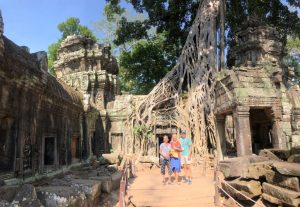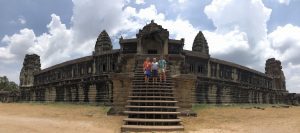🙂 Great vibe dancing in the Streets
🙁 Killing Fields and S21. Crickets to eat on stalls.
We were up at 06h00 in readiness to board our speed boat from Chau Doc to Phnom Penh. It was a beautiful morning.
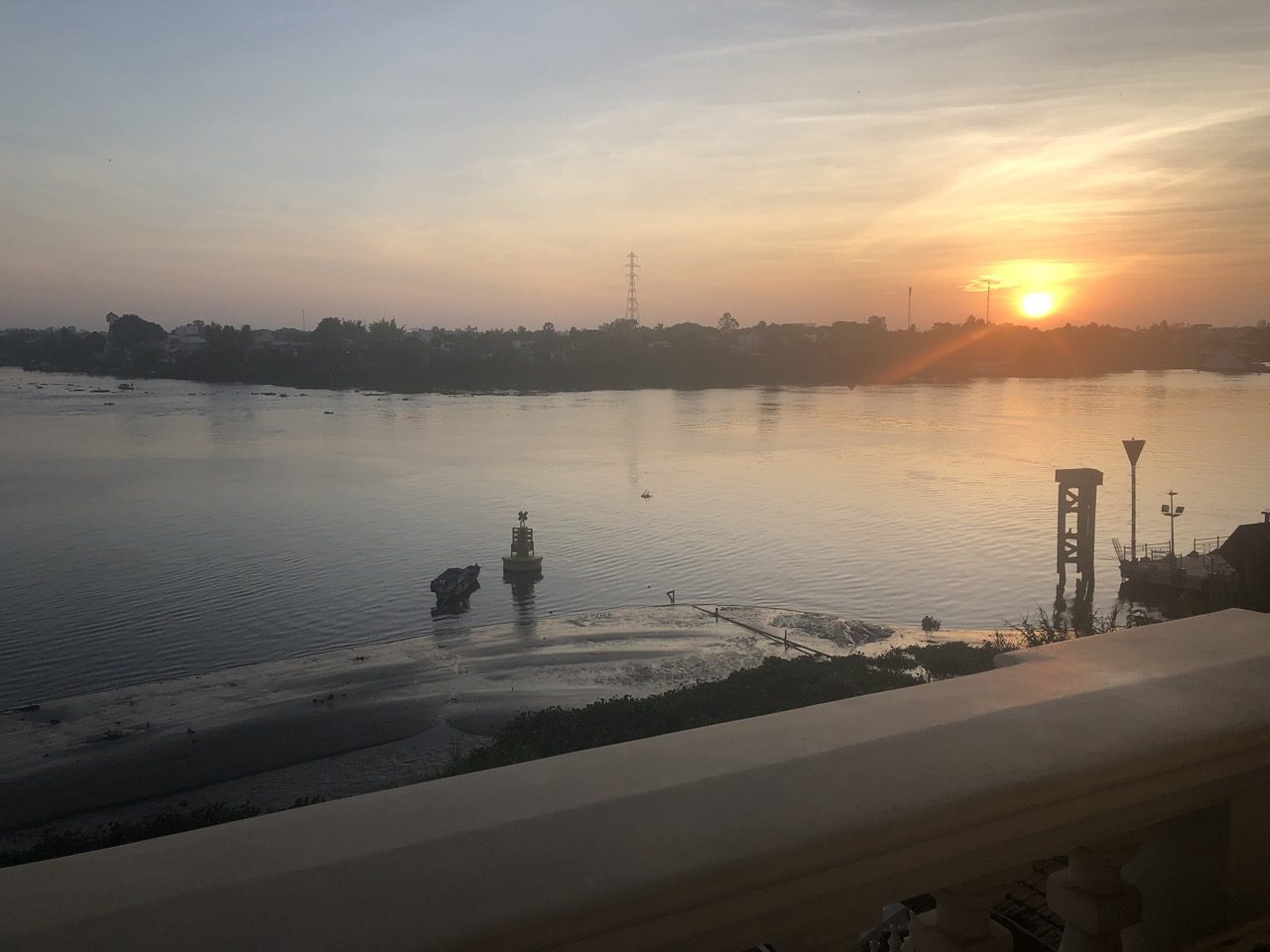
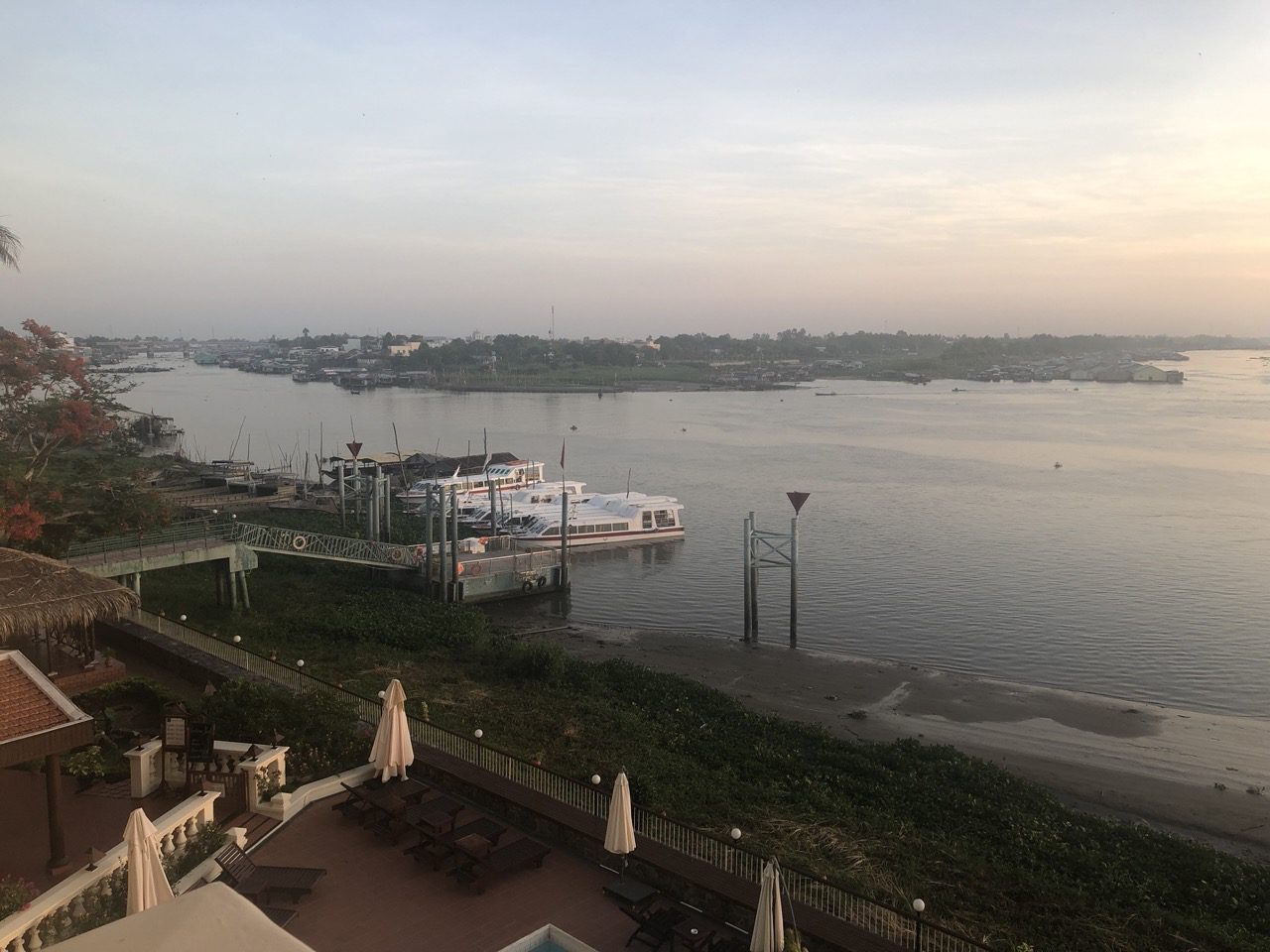
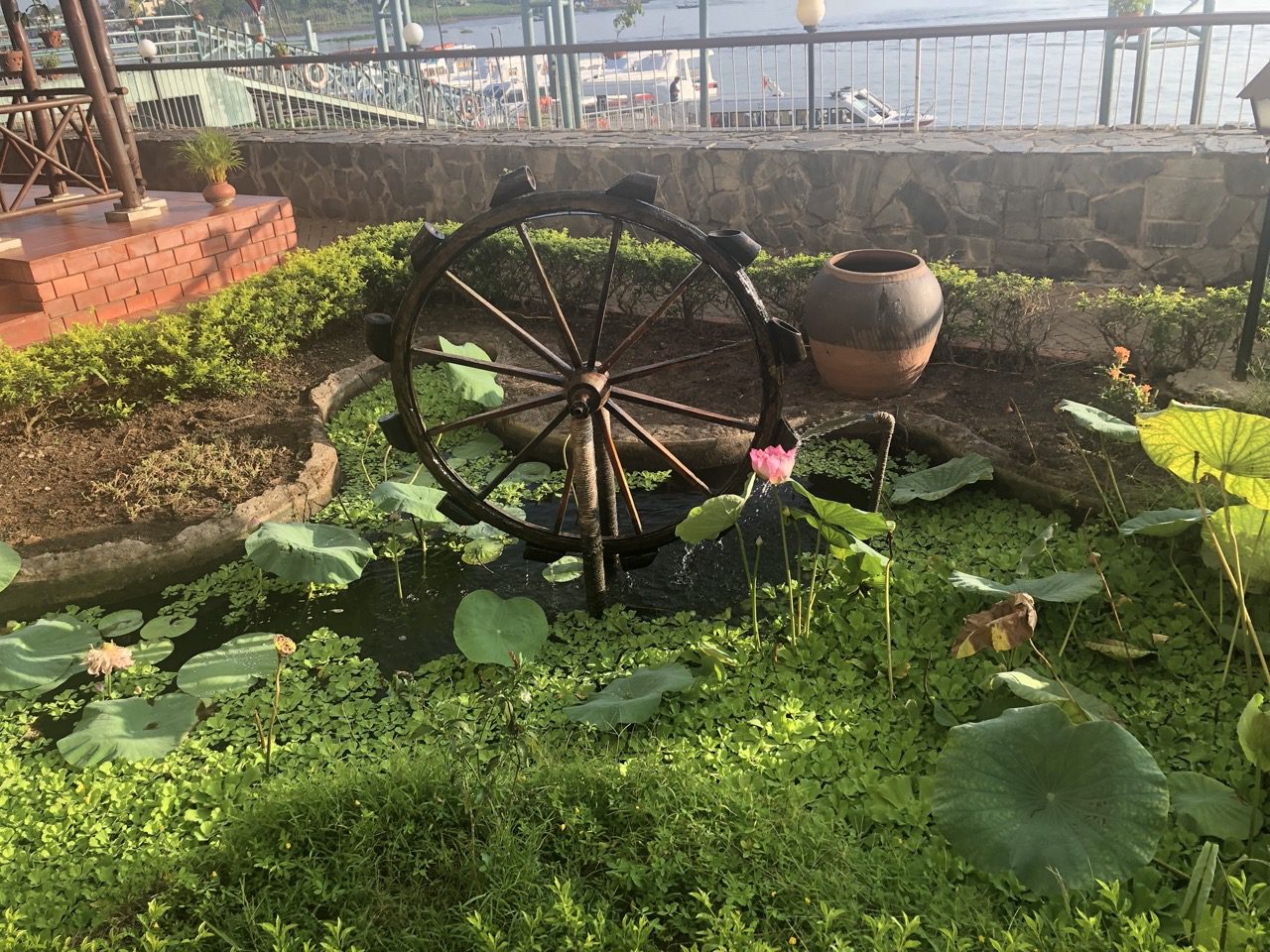

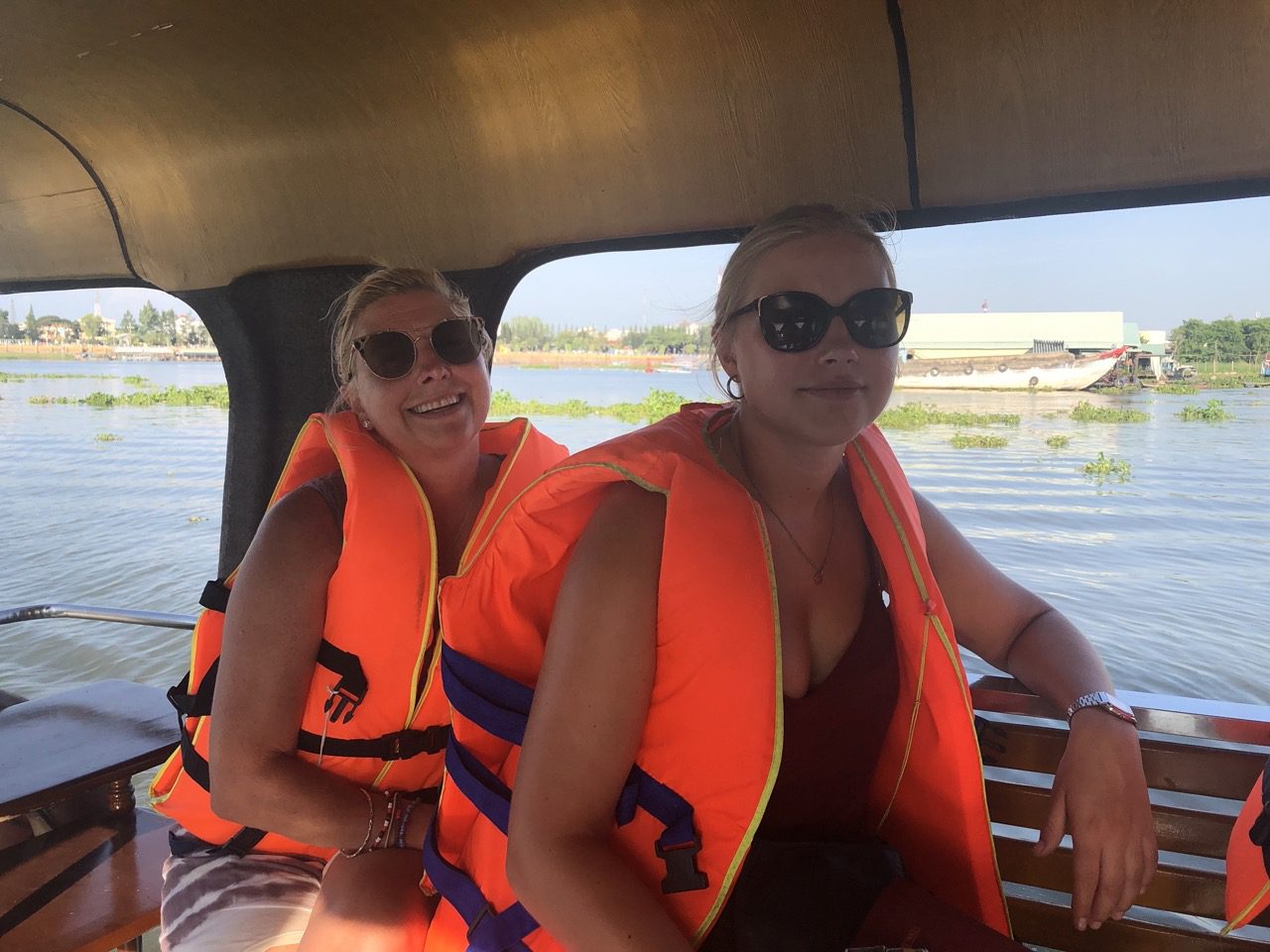
It took about 5 hours until we approached the border where we were given visas on arrival.
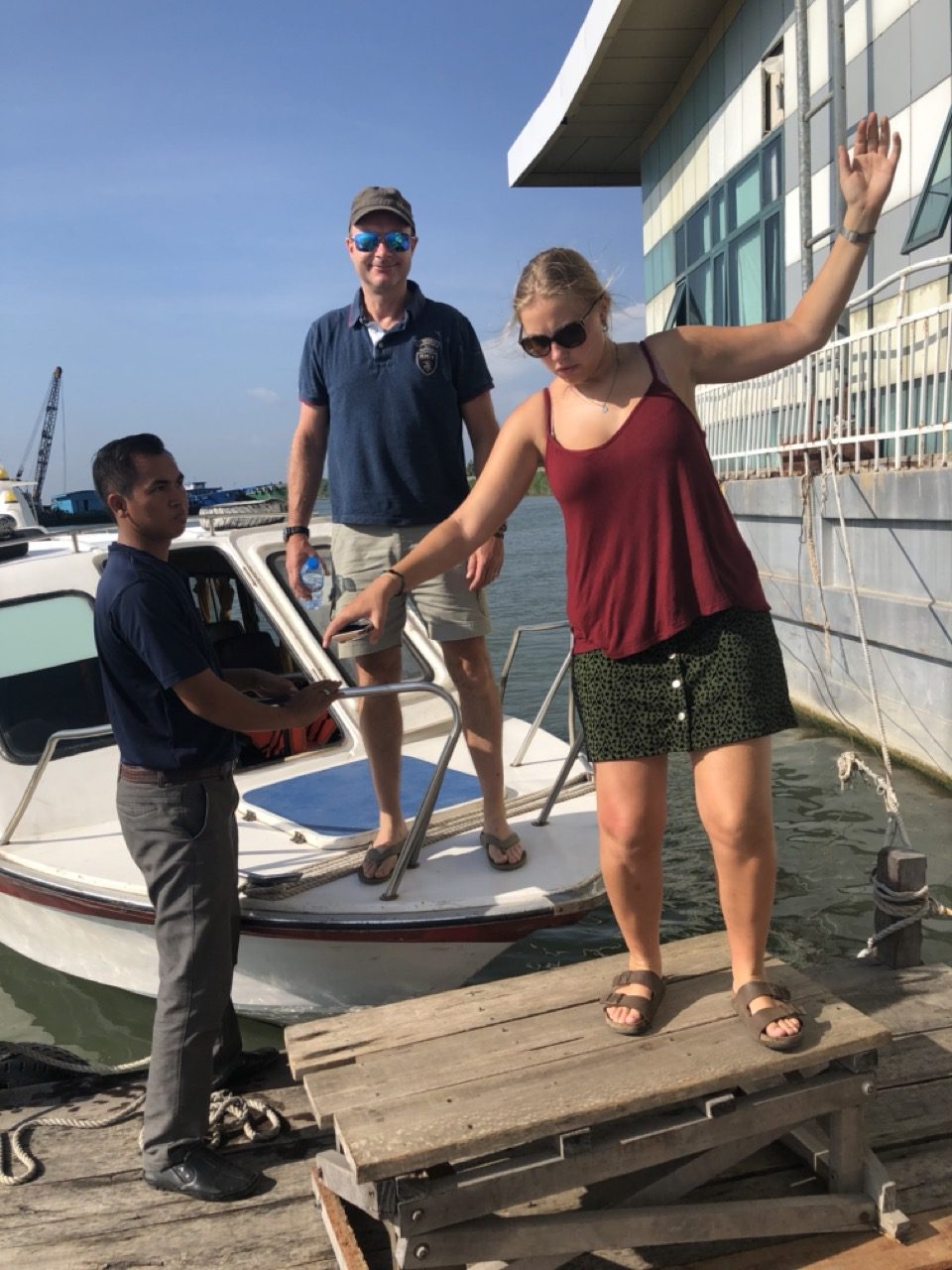
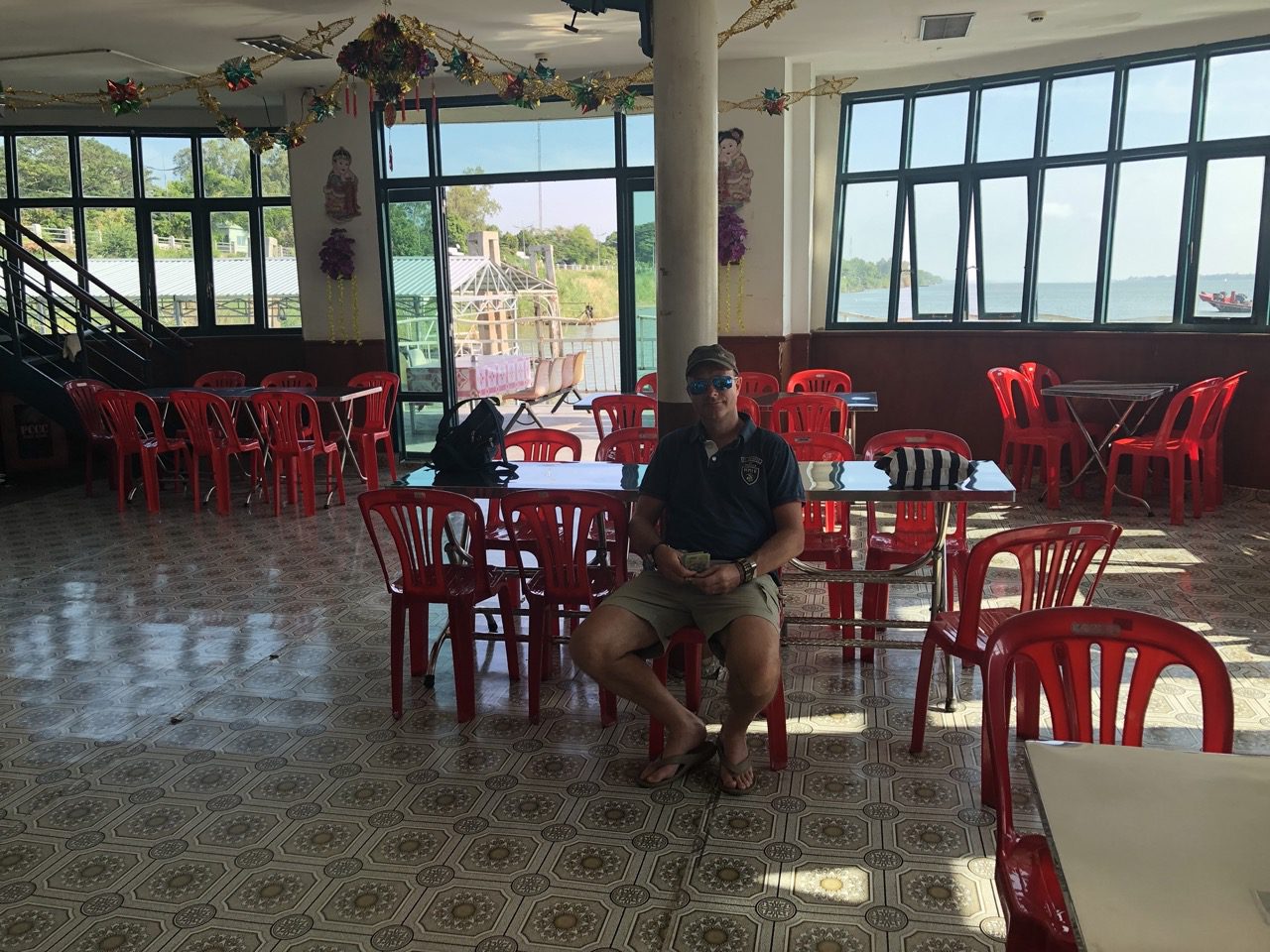
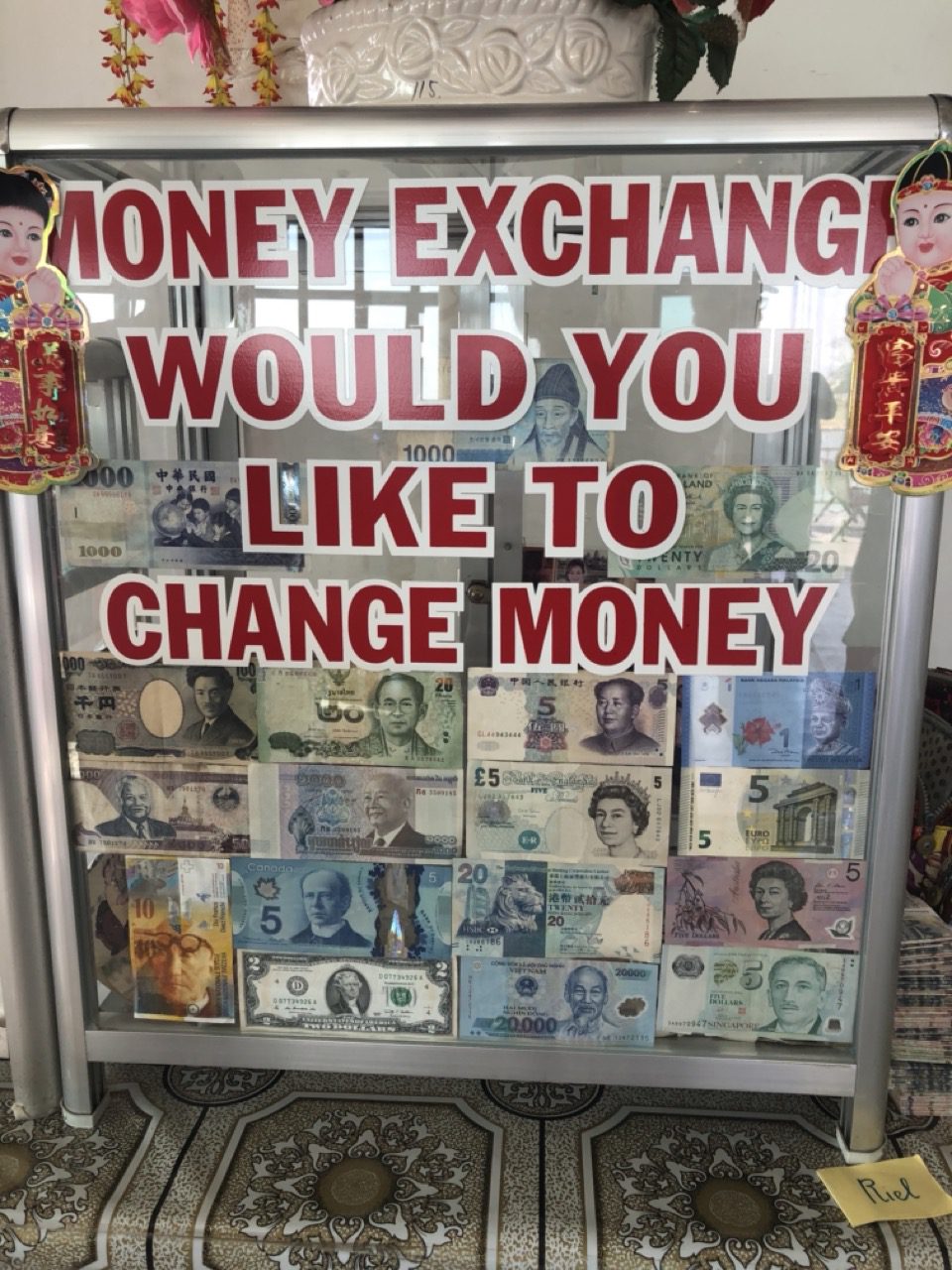
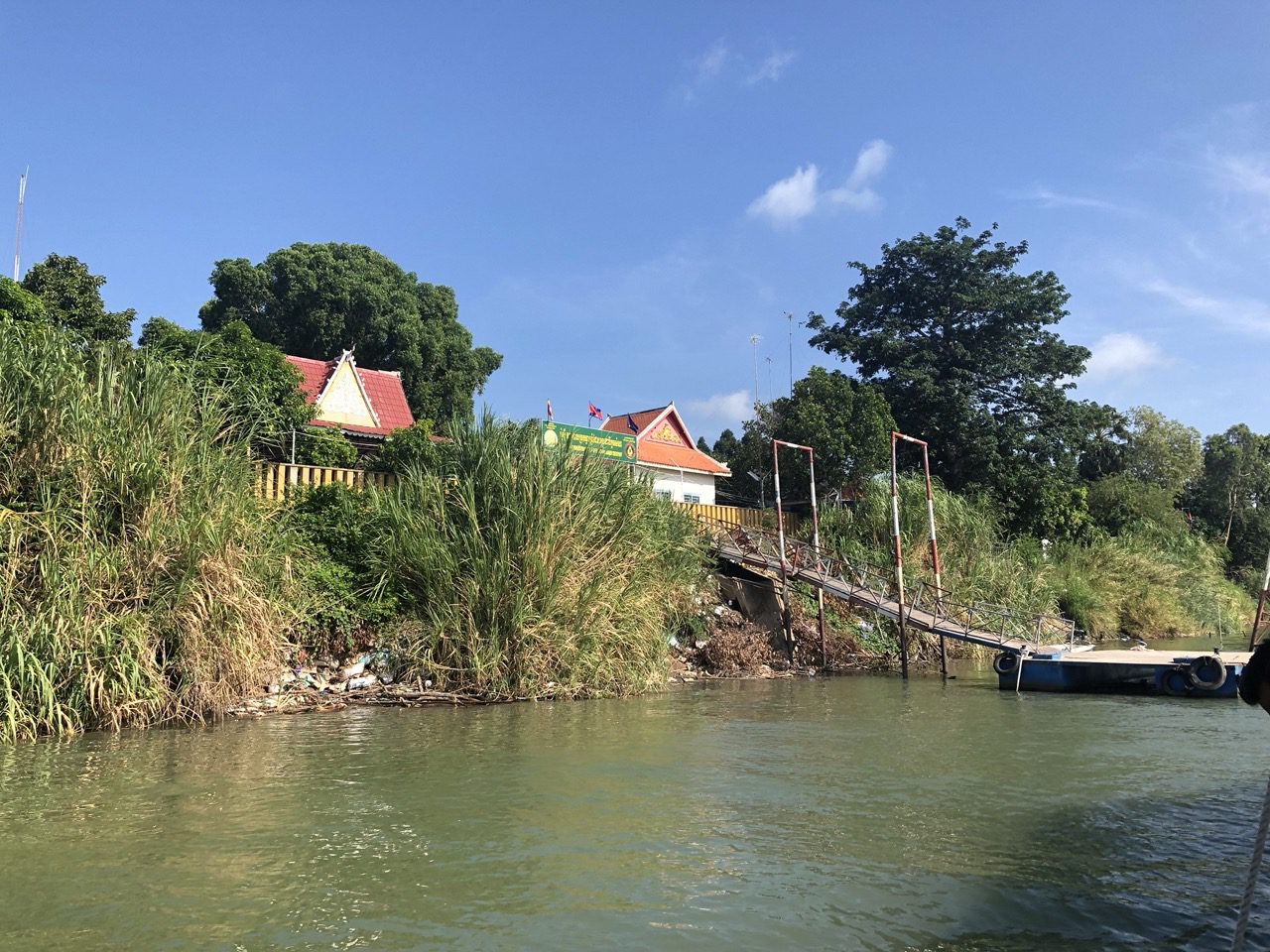
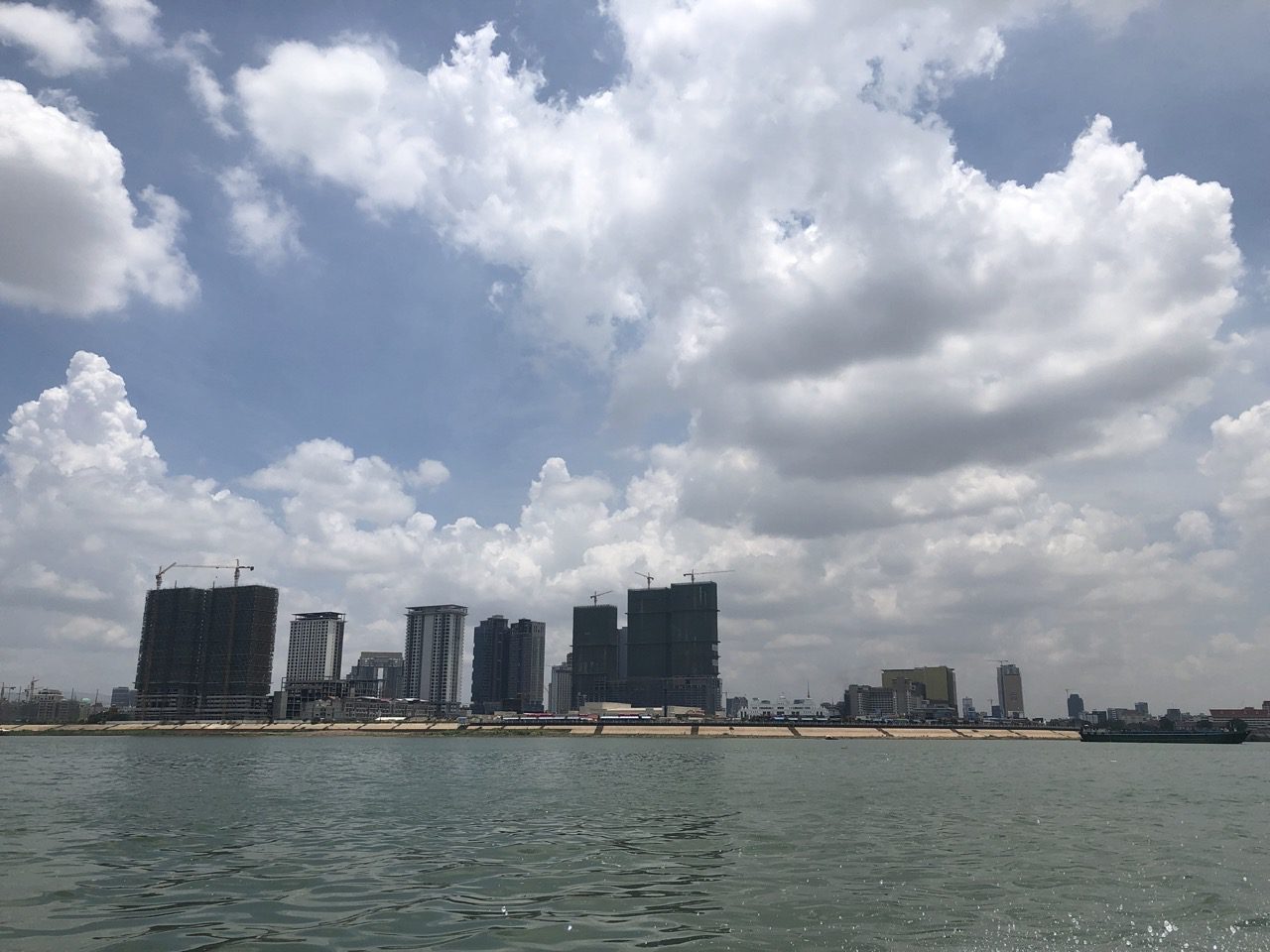
Our driver was a bit late to collect us so we did not have much time to visit the Royal Palace and Silver Pagoda – but we drove past on our way to The Killing Fields and took a photo.
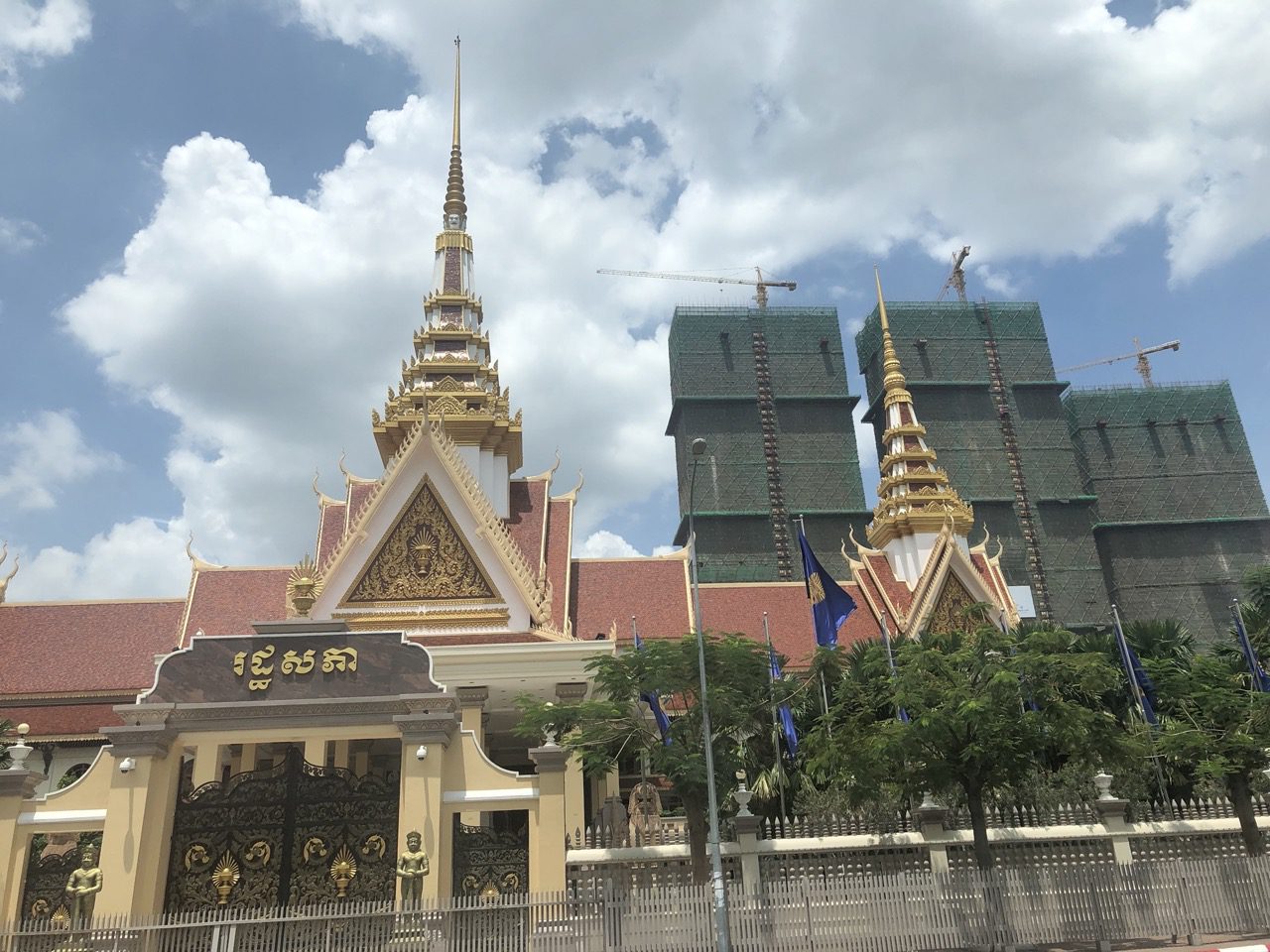
On arrival at the Killing Fields there are plaques in remembrance of those who had lost their lives. The Killing Fields technically refers to a number of sites that were used for mass executions and burials of people killed by Pol Pot’s Khmer Rough regime in the late 1970s. Due to its proximity to the capital city, Choeung Ek is the most well-known and infamous of the fields. It’s estimated that within the confines of this once-upon-a-time orchard, up to 17,000 Cambodians were killed. Many were transported directly from the city’s schoolhouse Tuol Sleng S21 prison. A fatal blow to the head or slit throat was the preferred method of execution, so that precious bullets could be preserved for more ‘meaningful’ endeavours. Within the site, the tree upon which babies were battered to death by boy soldiers, still stands. Following the fall of Pol Pot’s genocidal regime, the remains of 8,985 people were exhumed from mass graves at Choeung Ek: a further 43 graves remain in place, untouched. Thousands of tourists visit the Choeung Ek Genocidal Centre every year, and today the site acts as both a memorial to the atrocities which occurred here and an open-air museum for visitors to learn and reflect. A resting place where fragments of bone and rags lay in the dust and dirt in the ground beneath and beside you, and skulls are piled high like bricks.
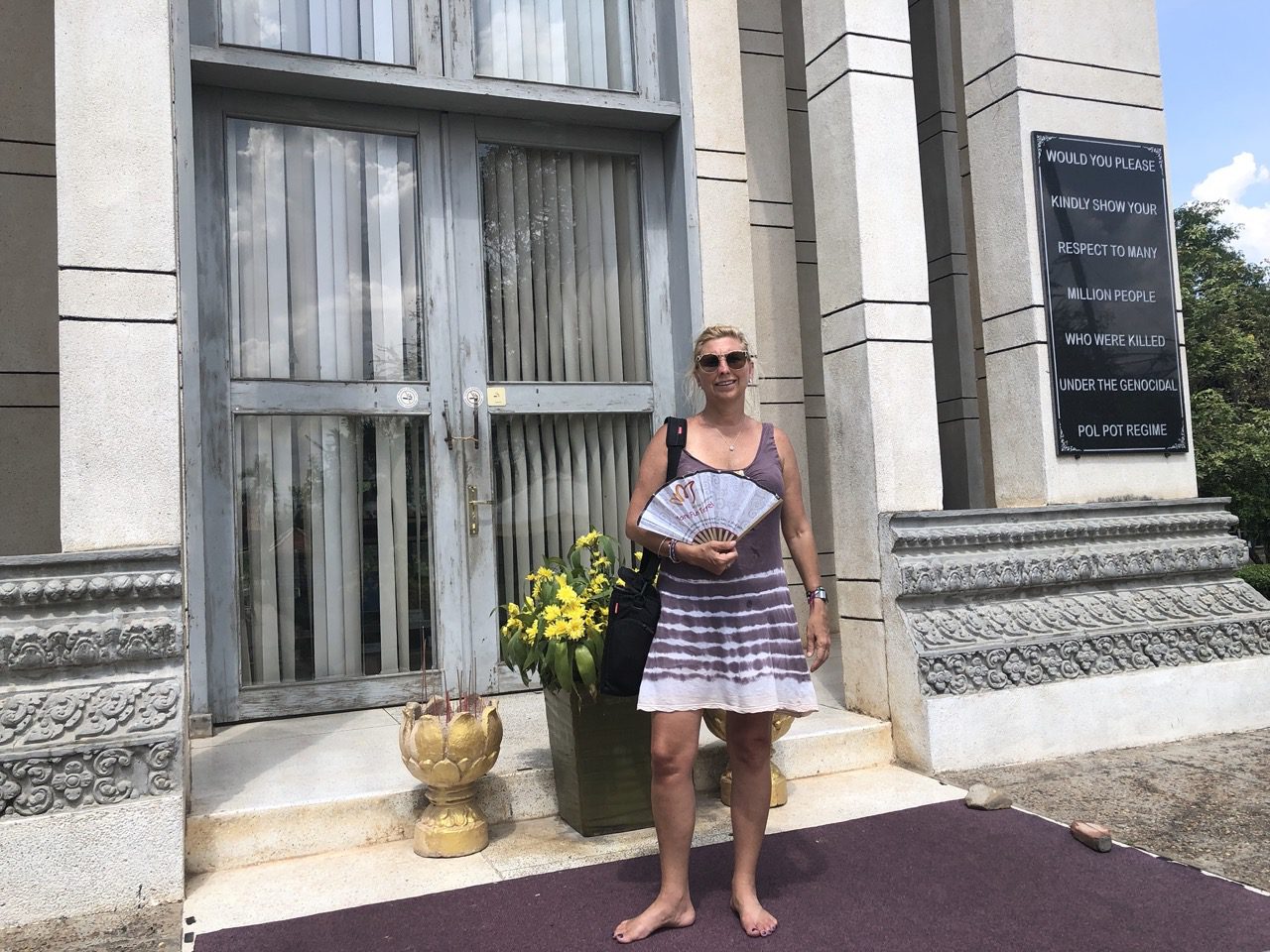
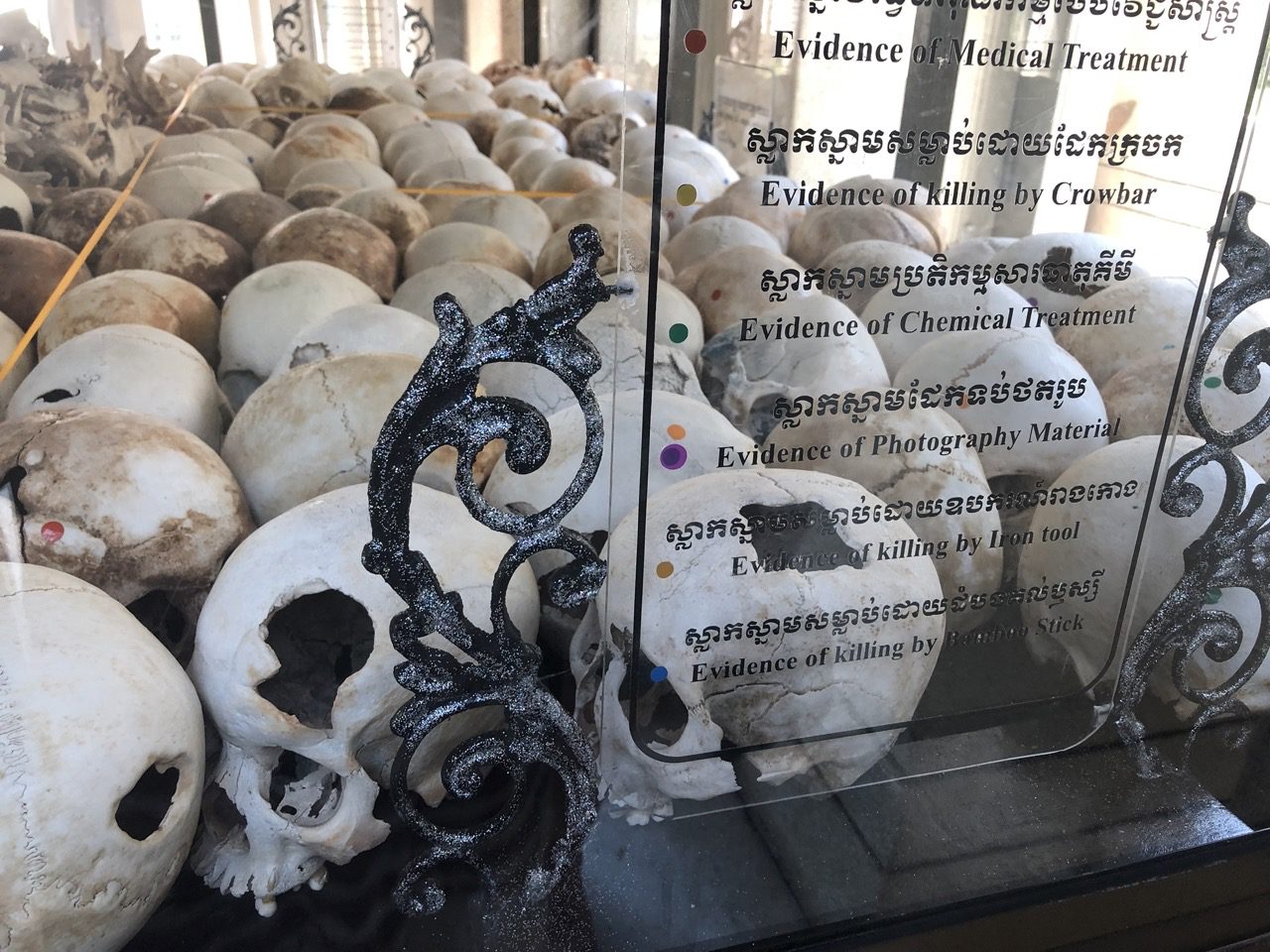
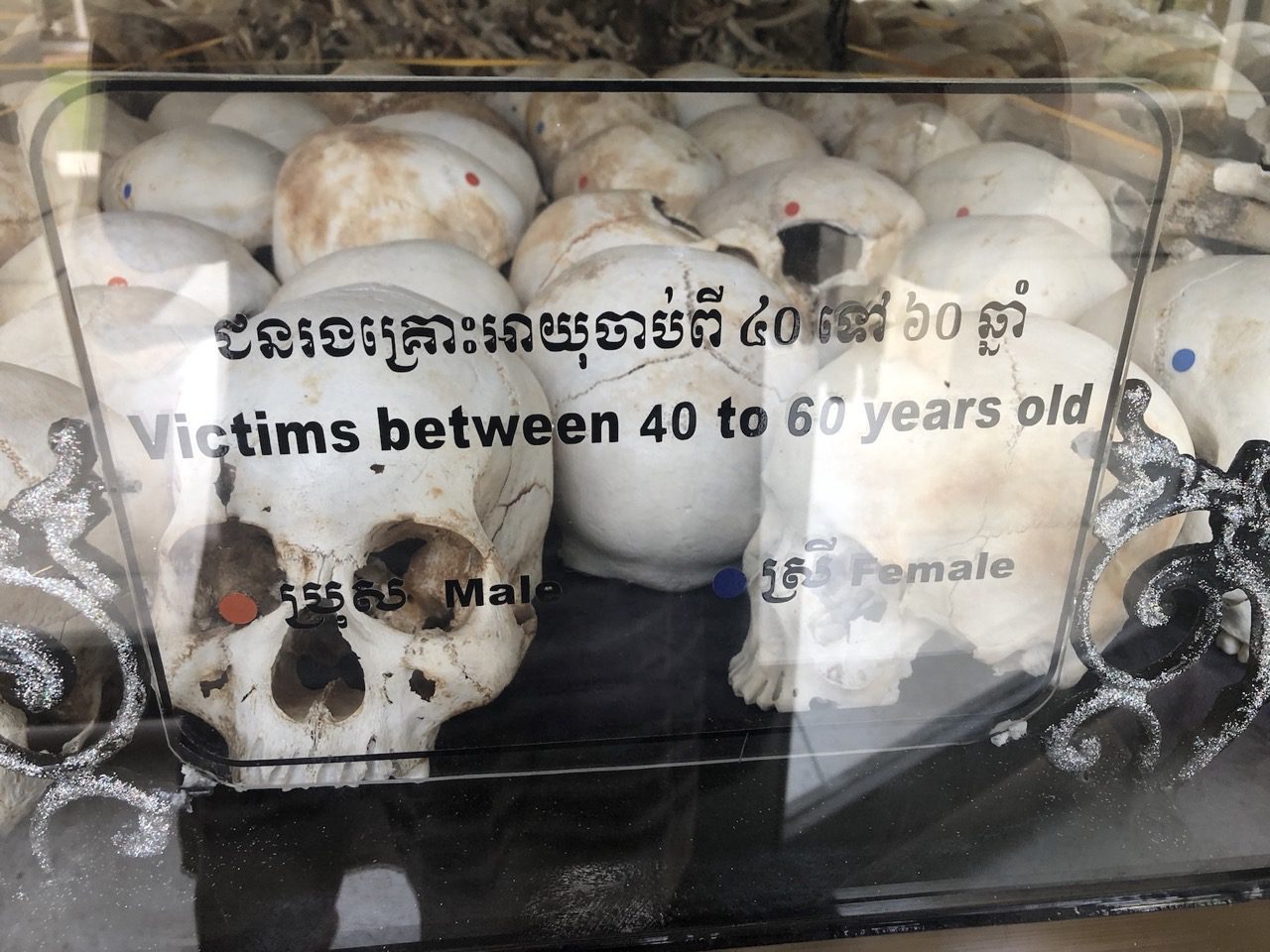
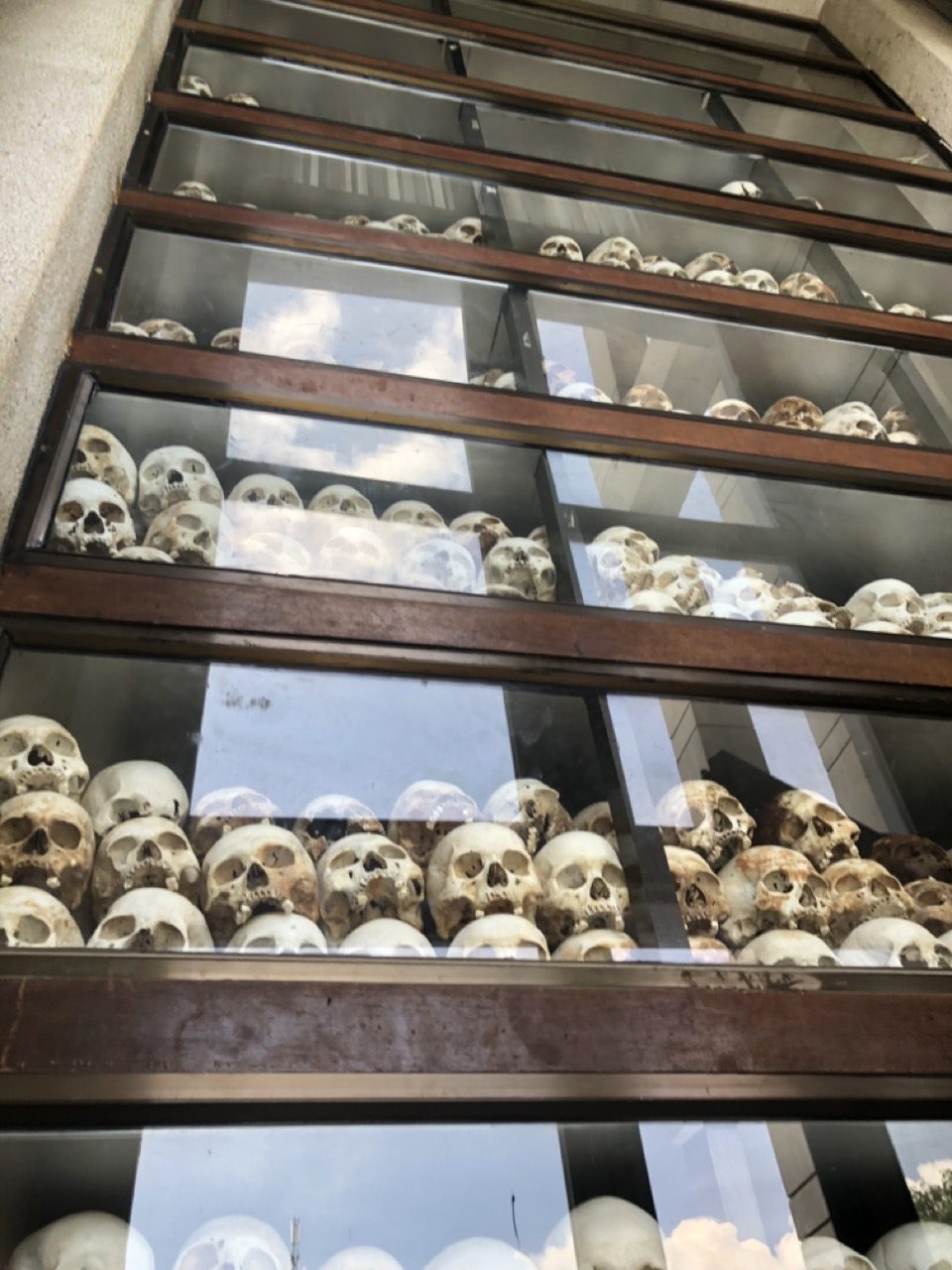
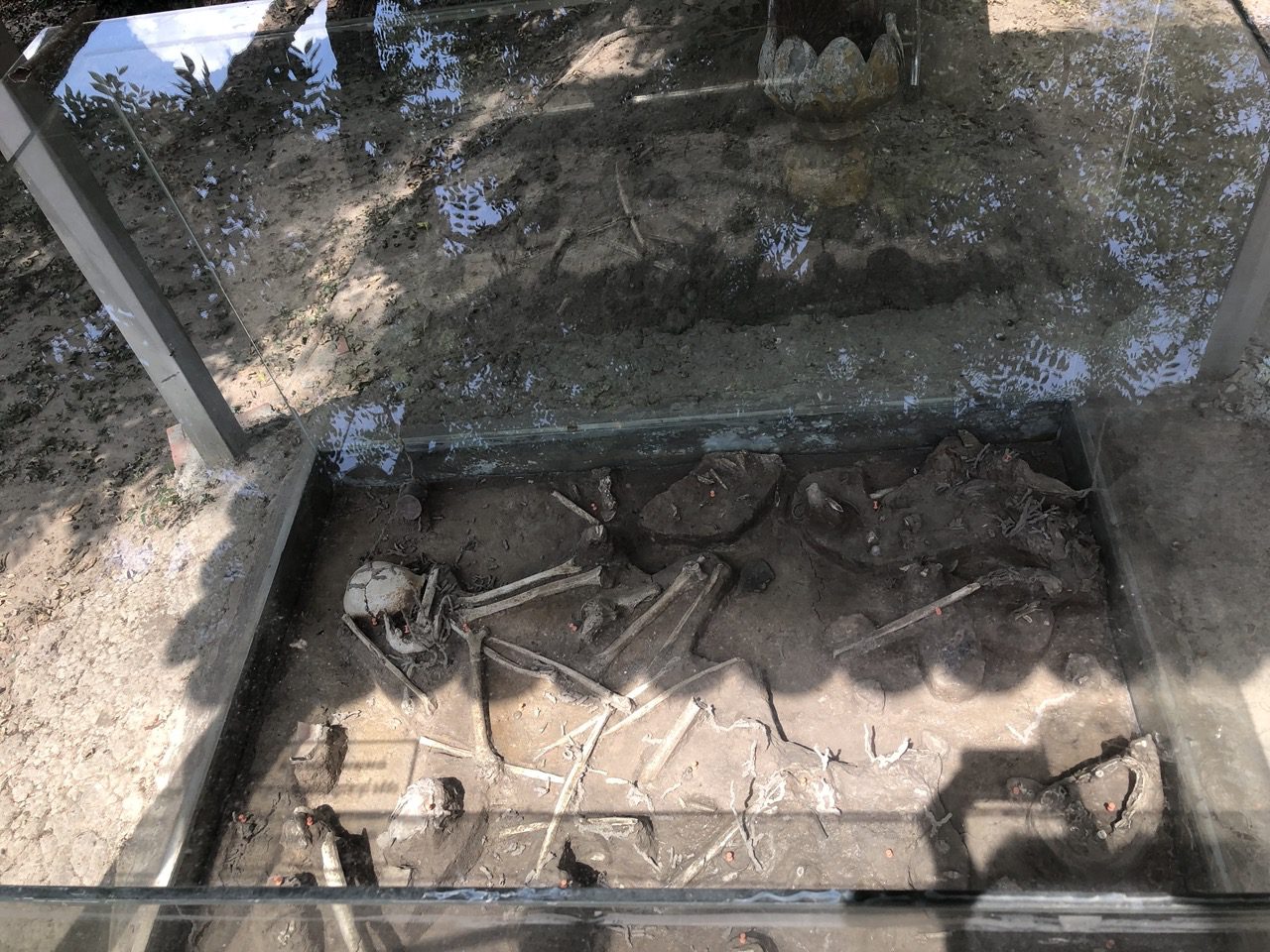

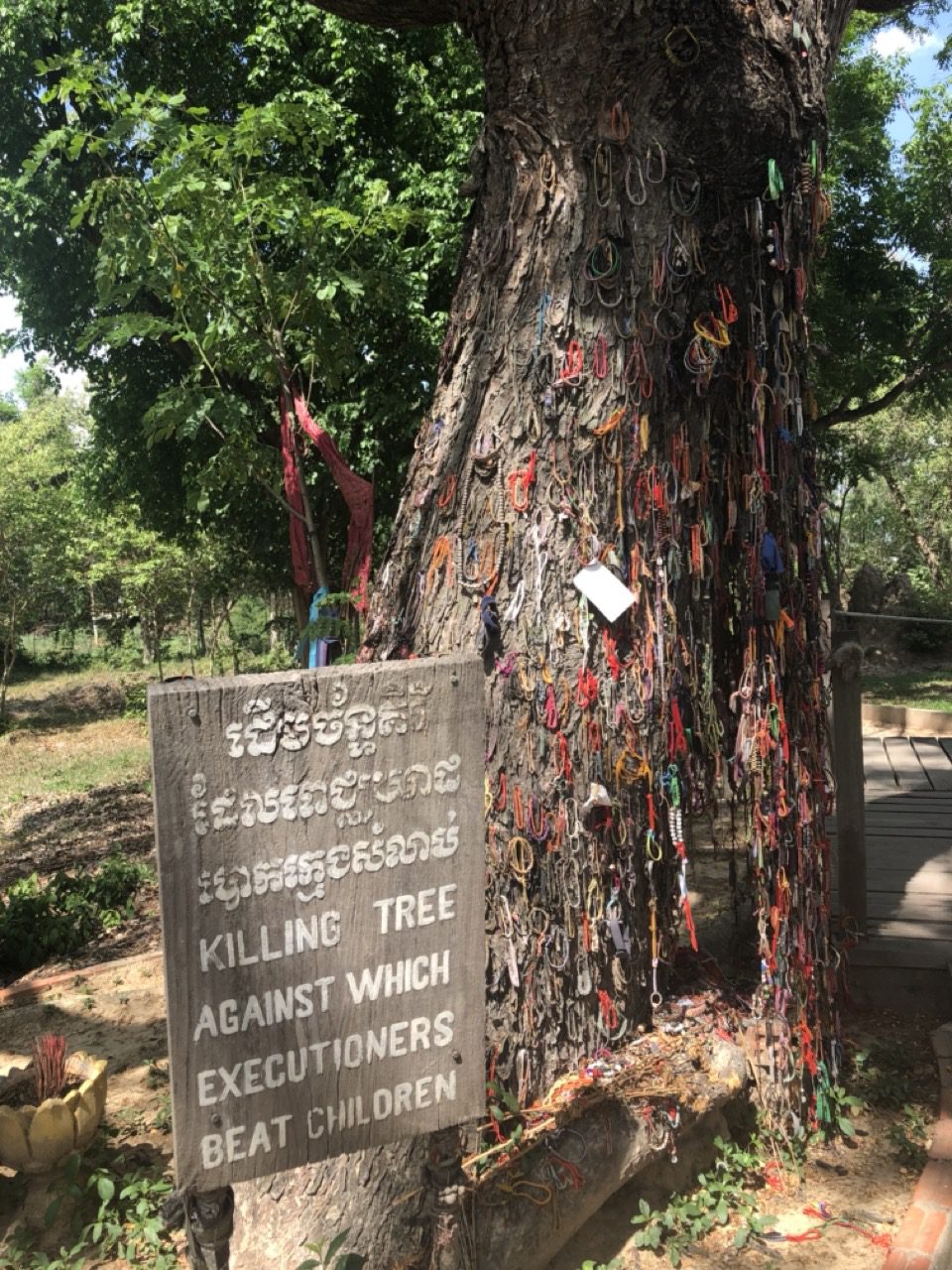

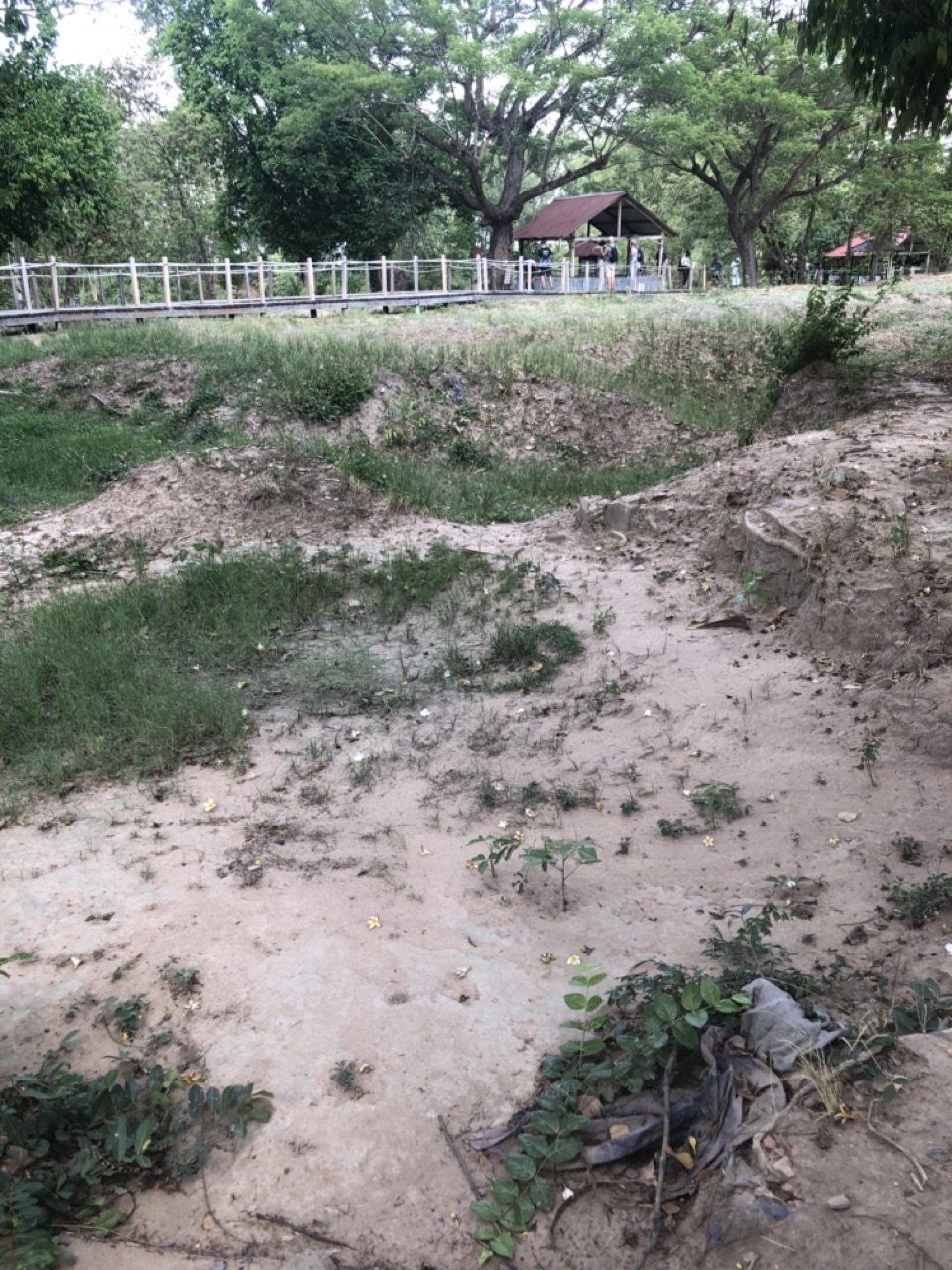
A sobering tour. We then headed to S21. Evidence in the form of photos depict the atrocities which occurred here and we met a survivor. It was so very recent that these people endured so much hardship.
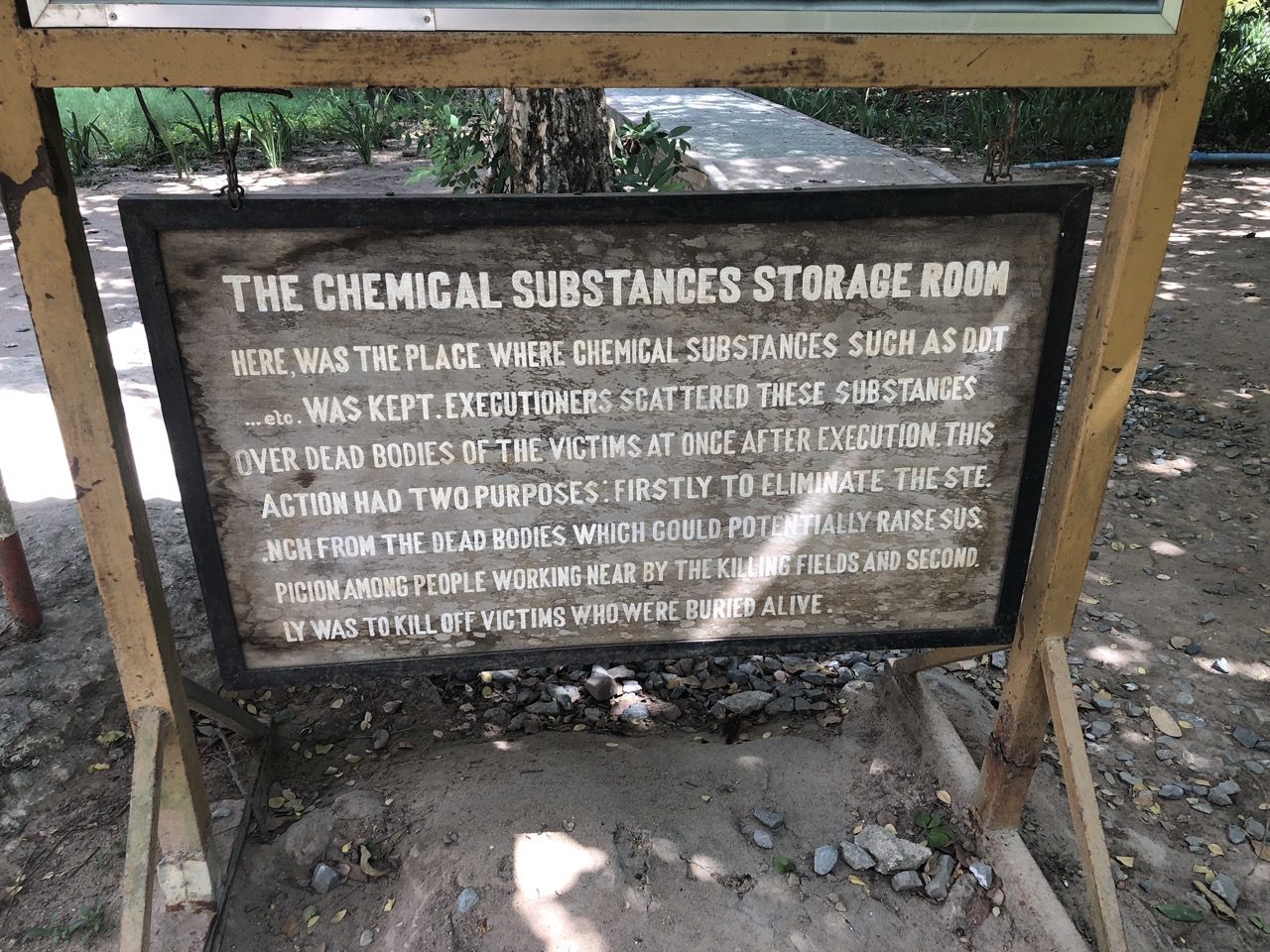
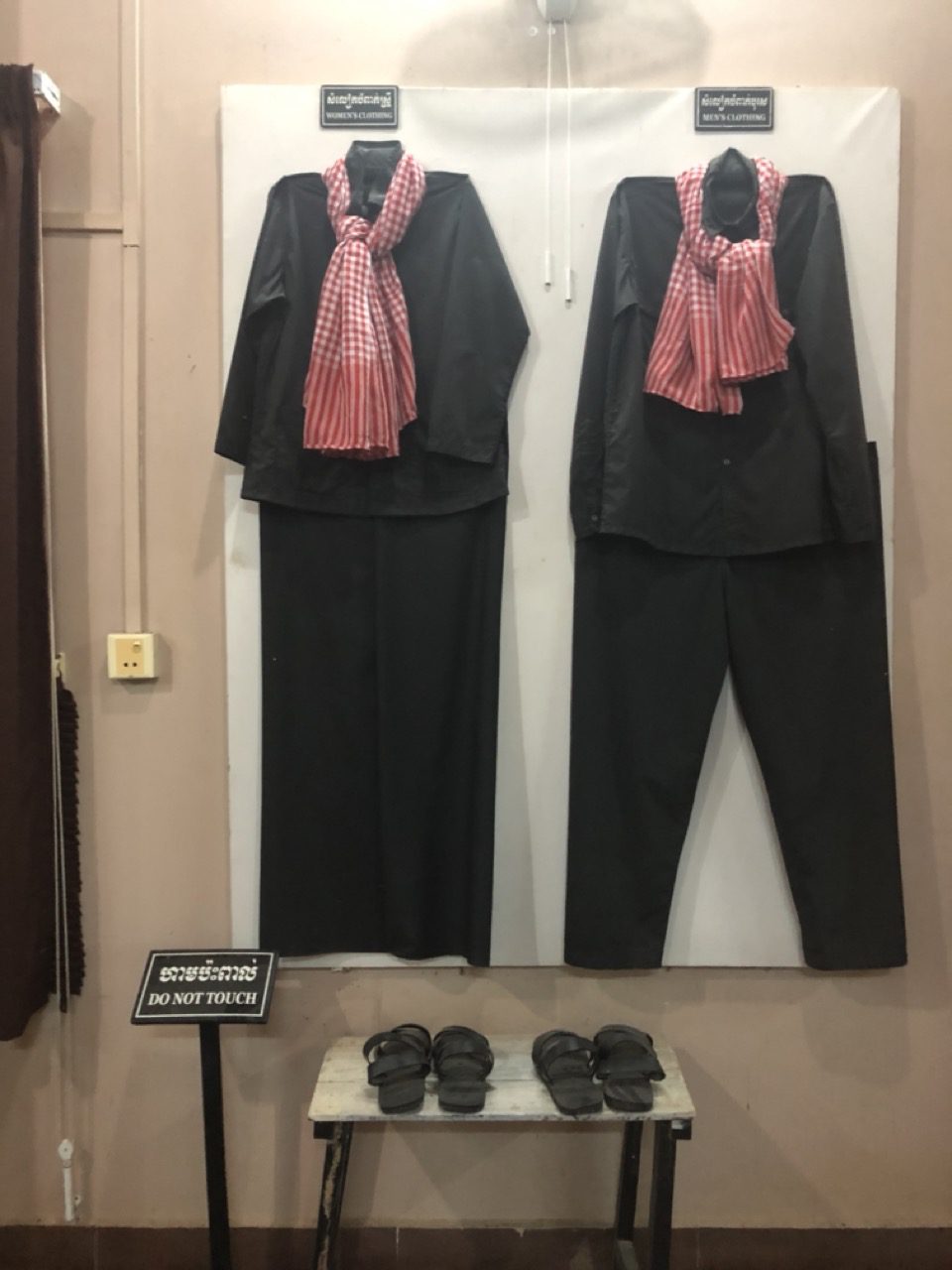
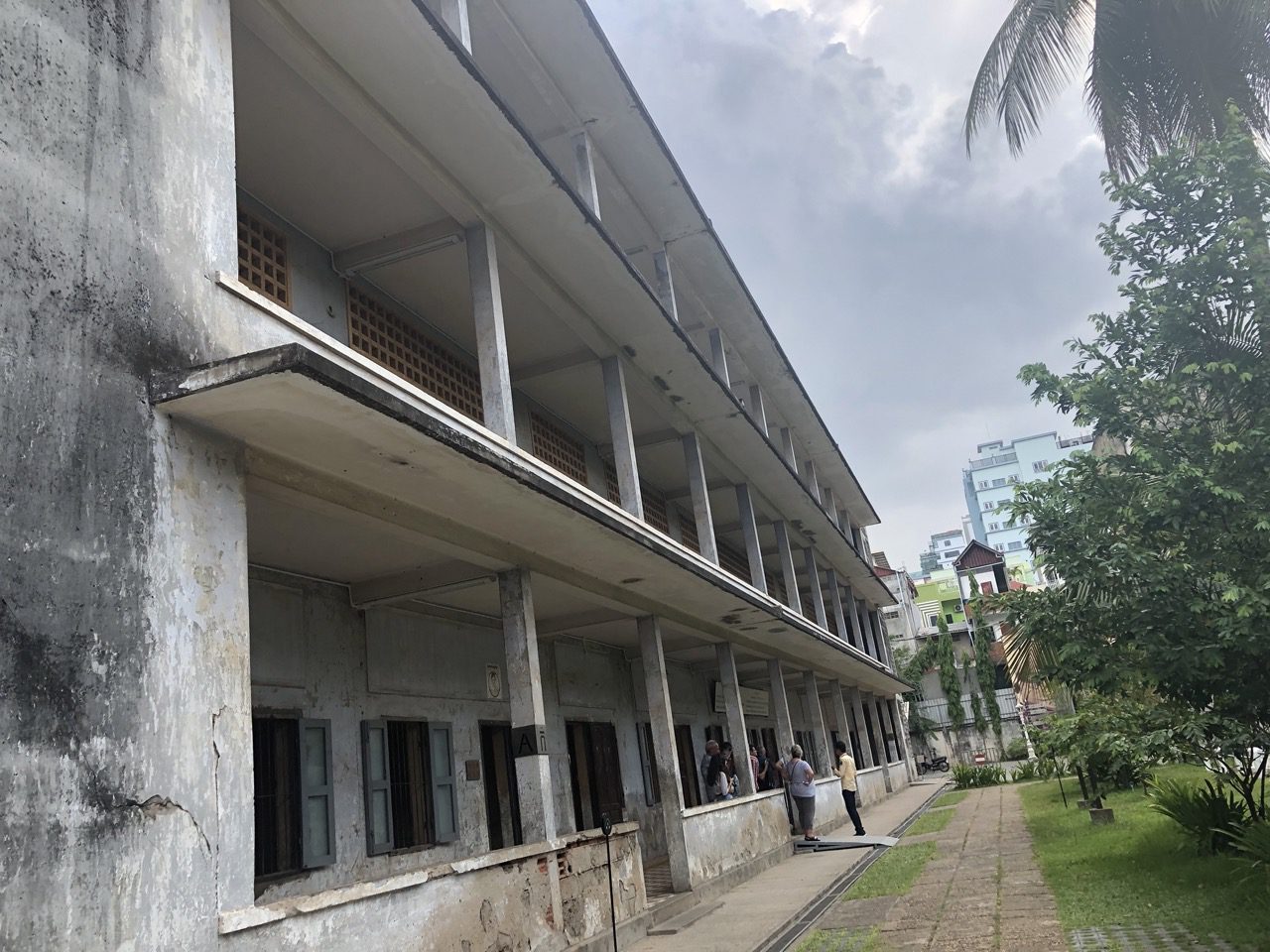
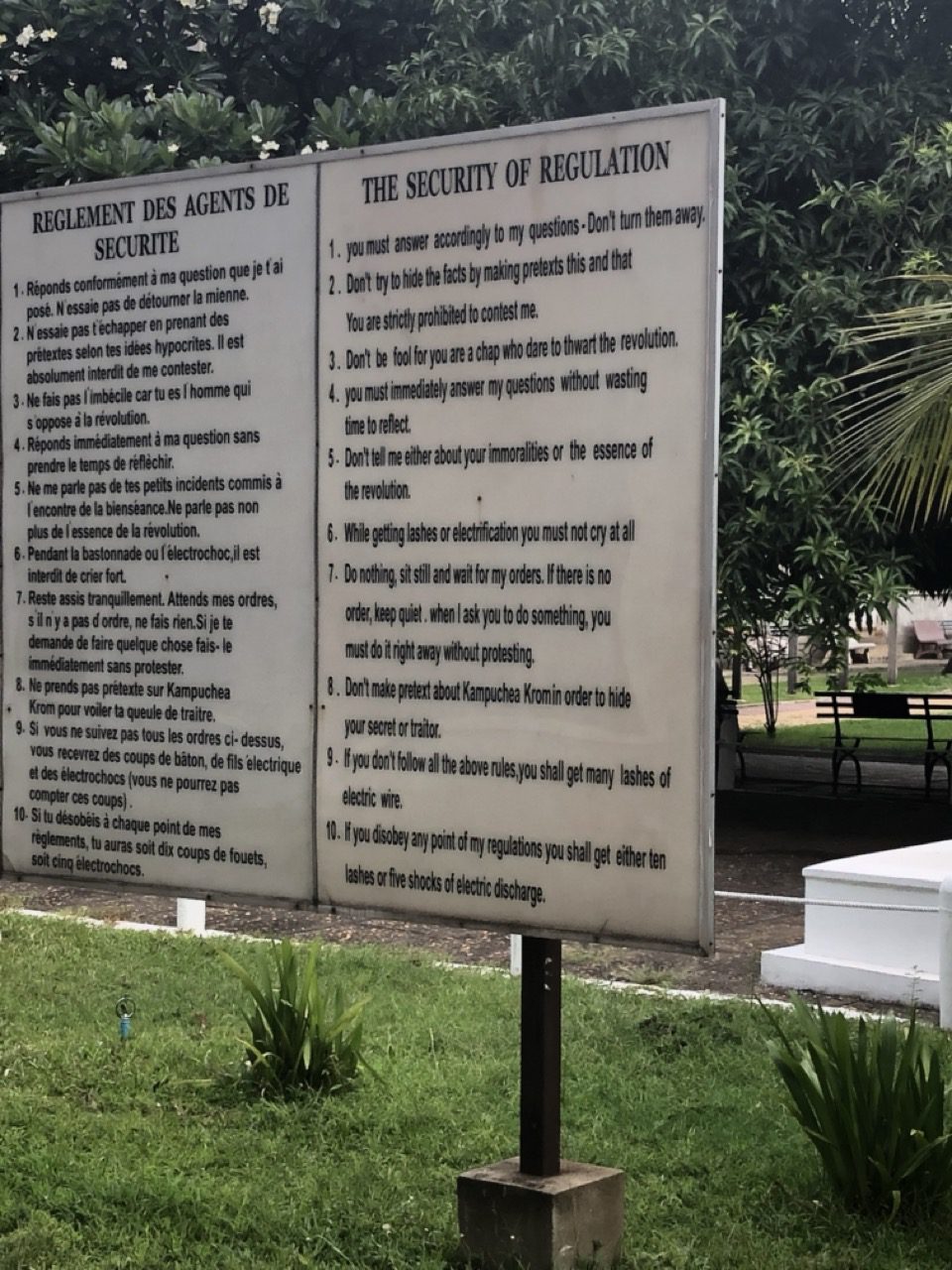

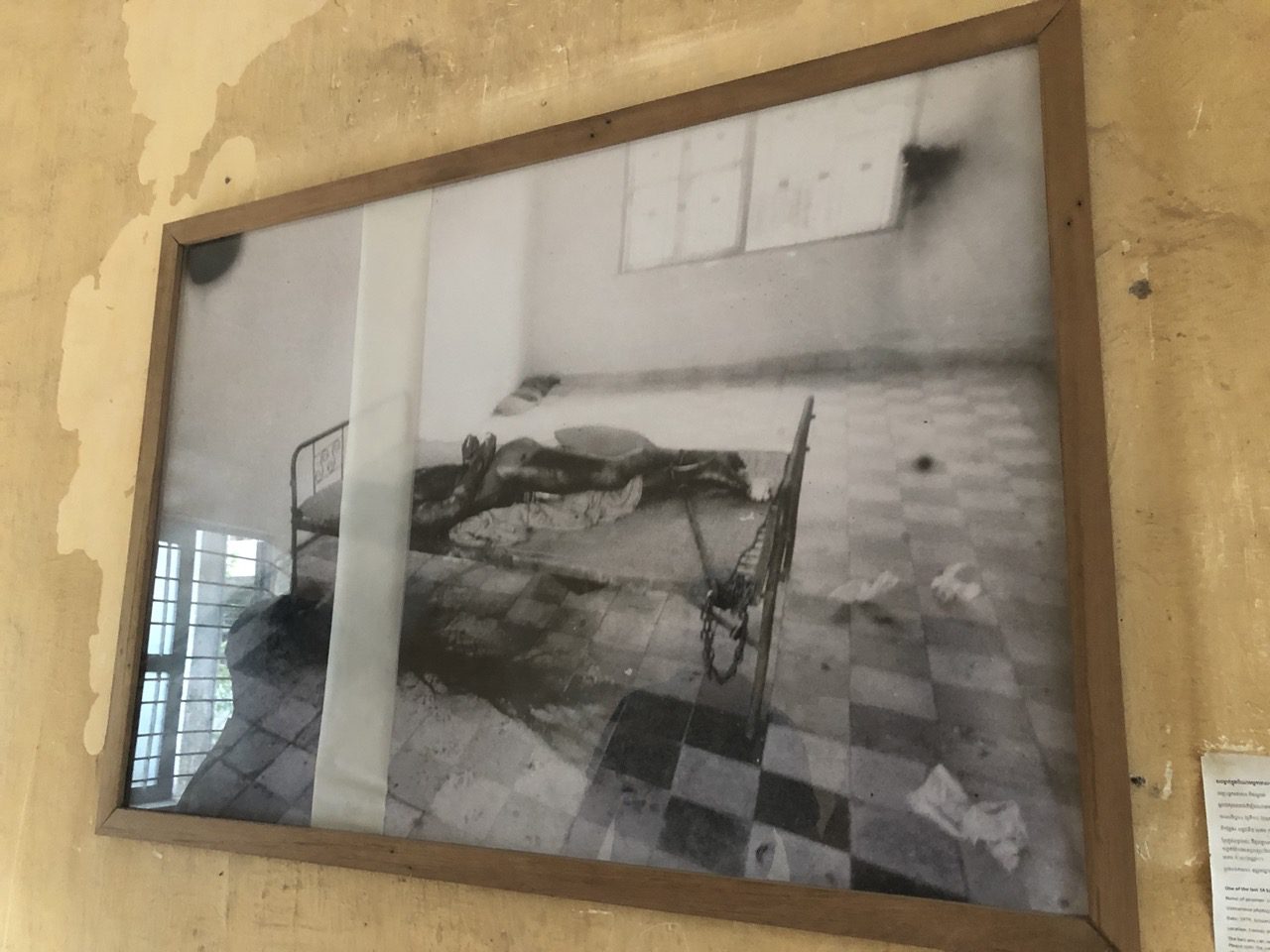
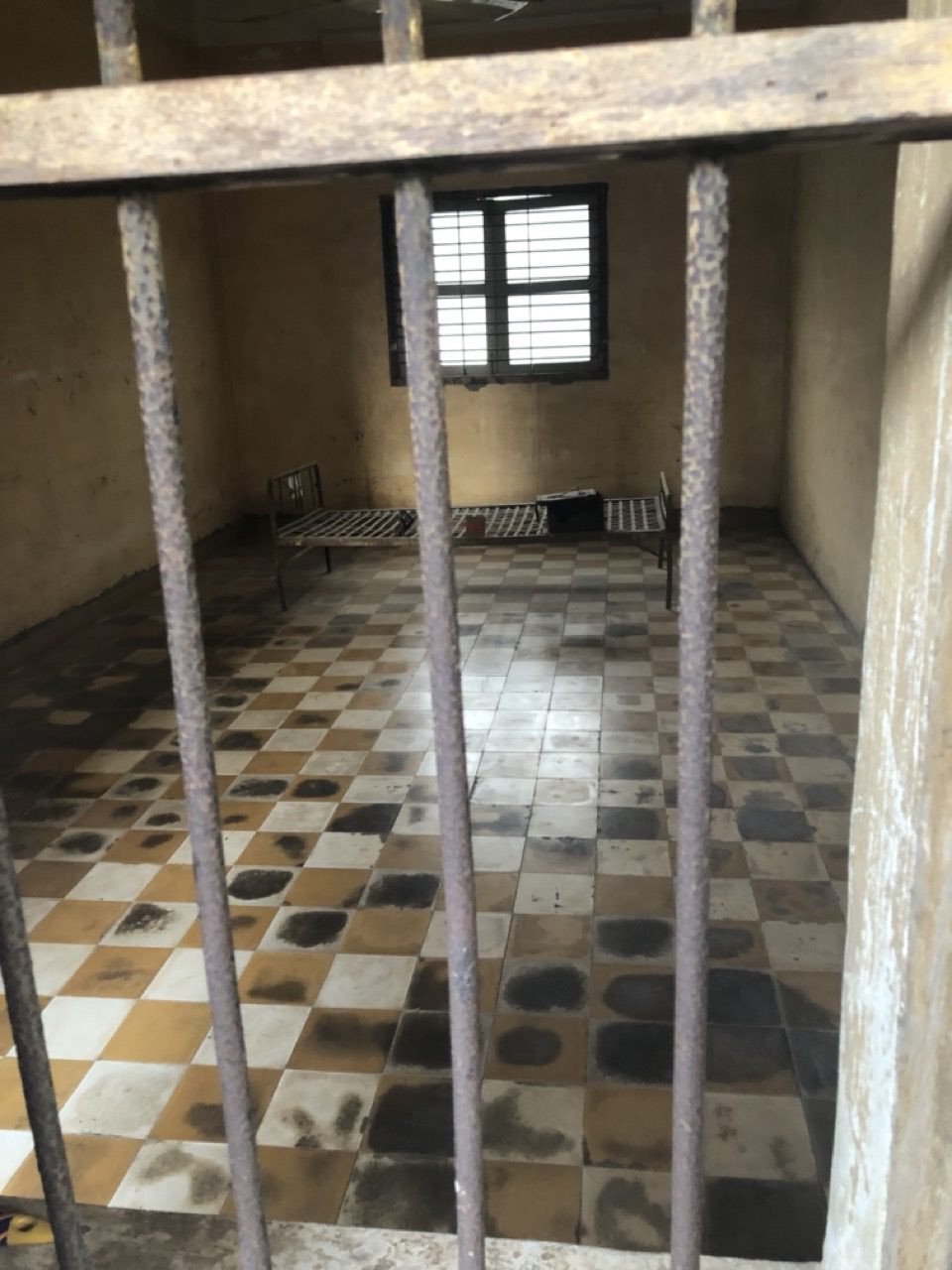

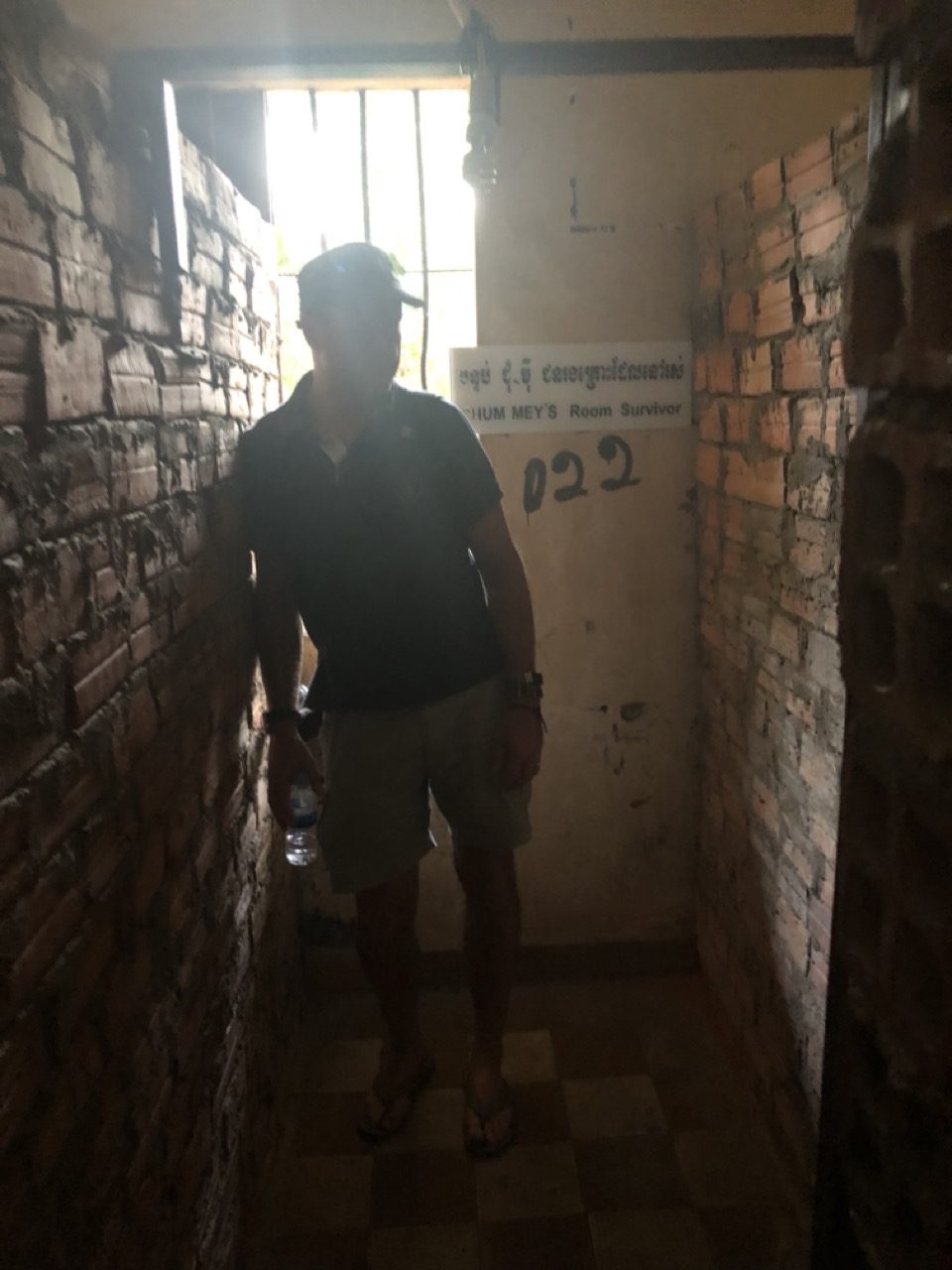
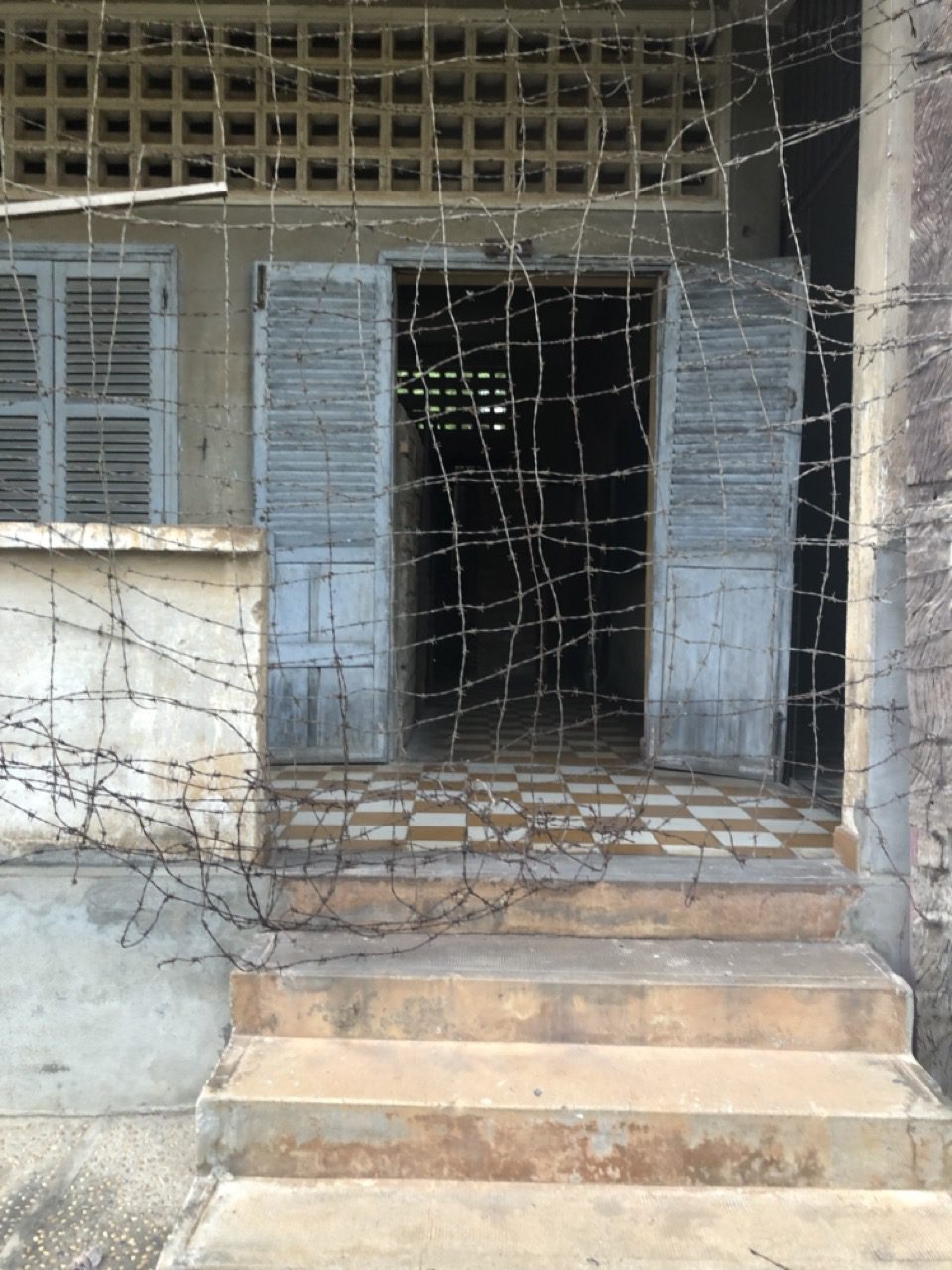
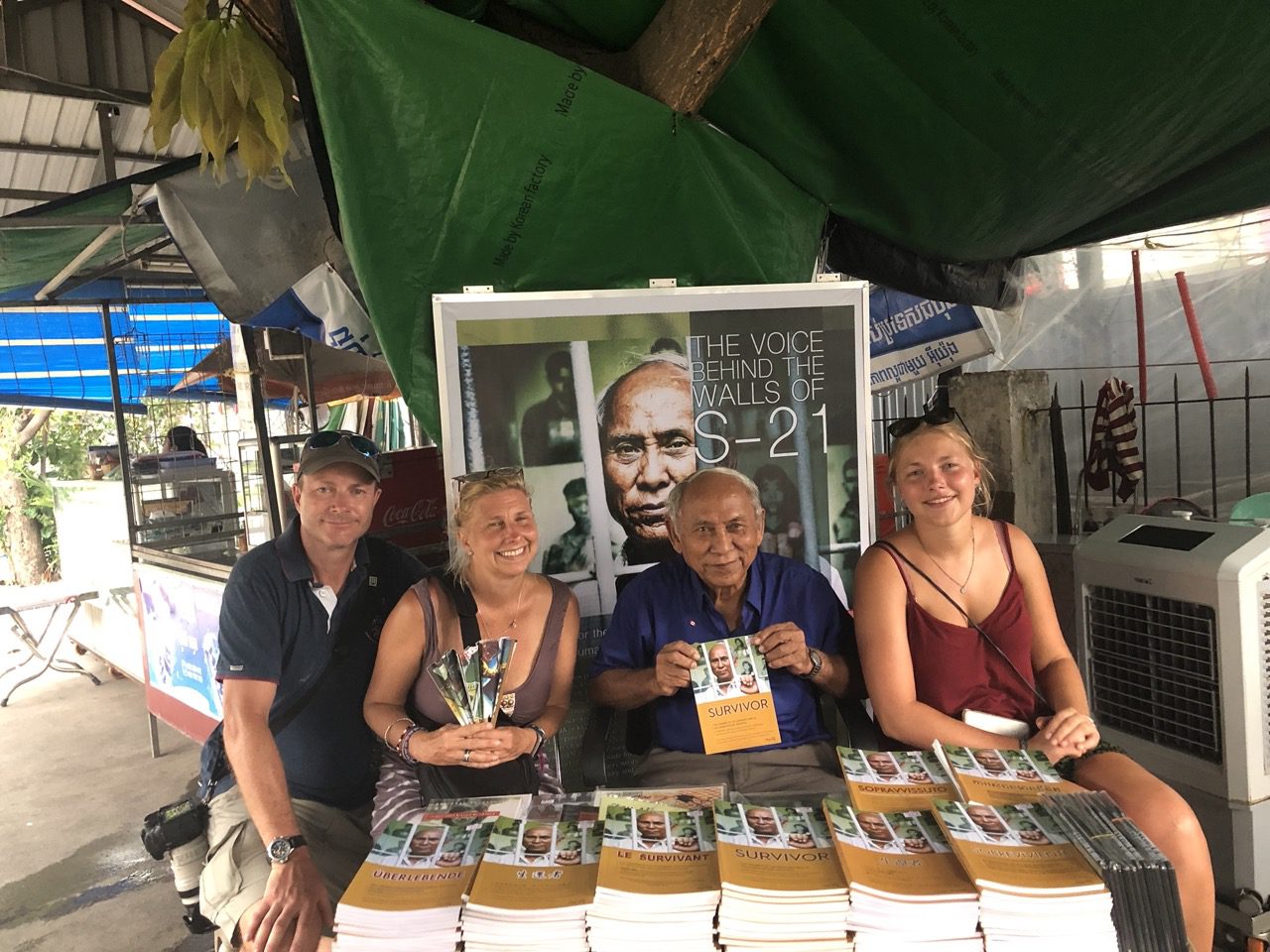
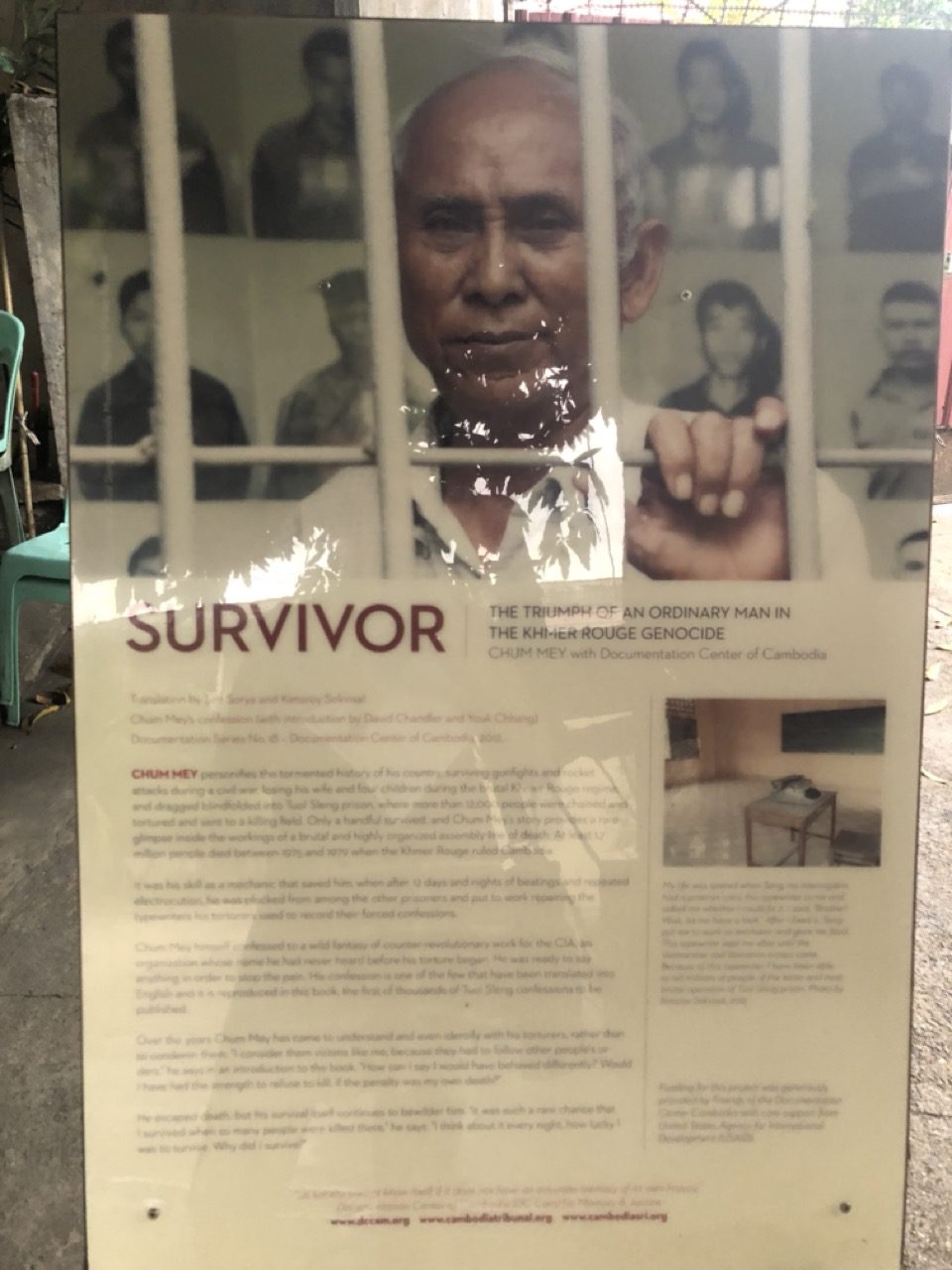
Quite an emotional day. We followed a truck full of rats and headed back to or hotel which we were pleased to see was not supporting sex in tourism.
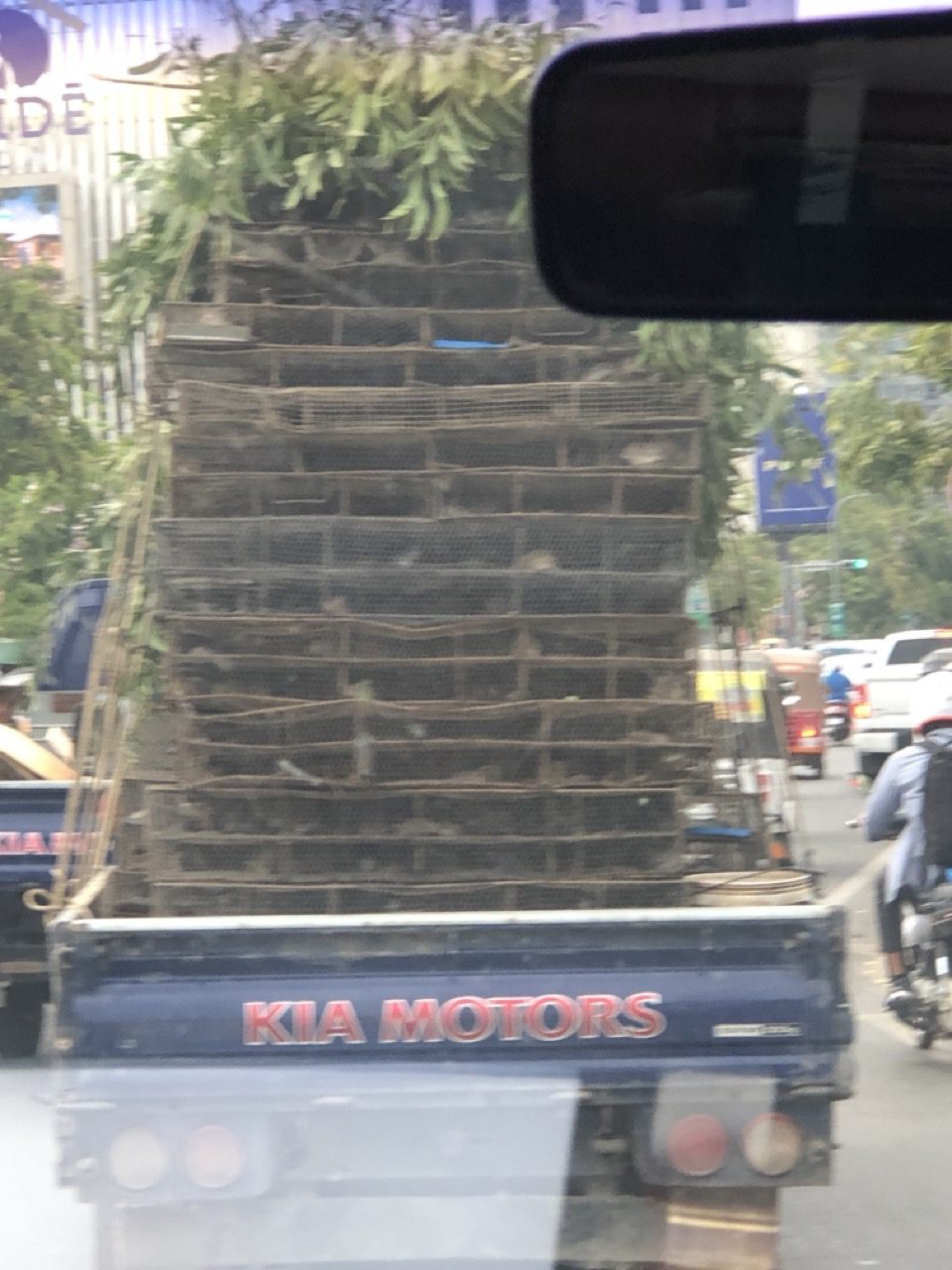
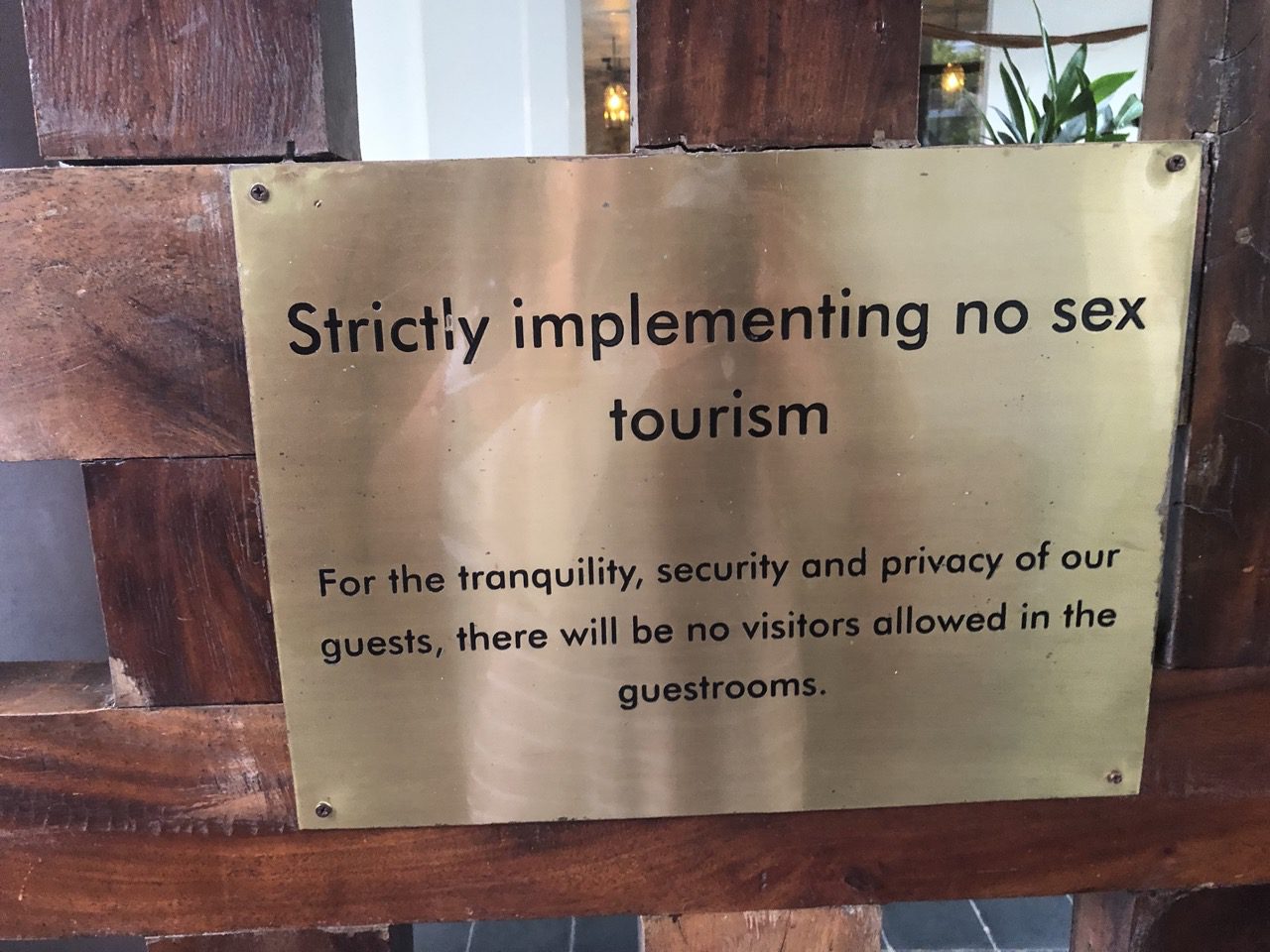
The Plantation Urban Resort & Spa was lovely and we had the penthouse suite with a plunge pool and jacuzzi. We relaxed and enjoyed some pina colada cocktails by the big outdoor pool.
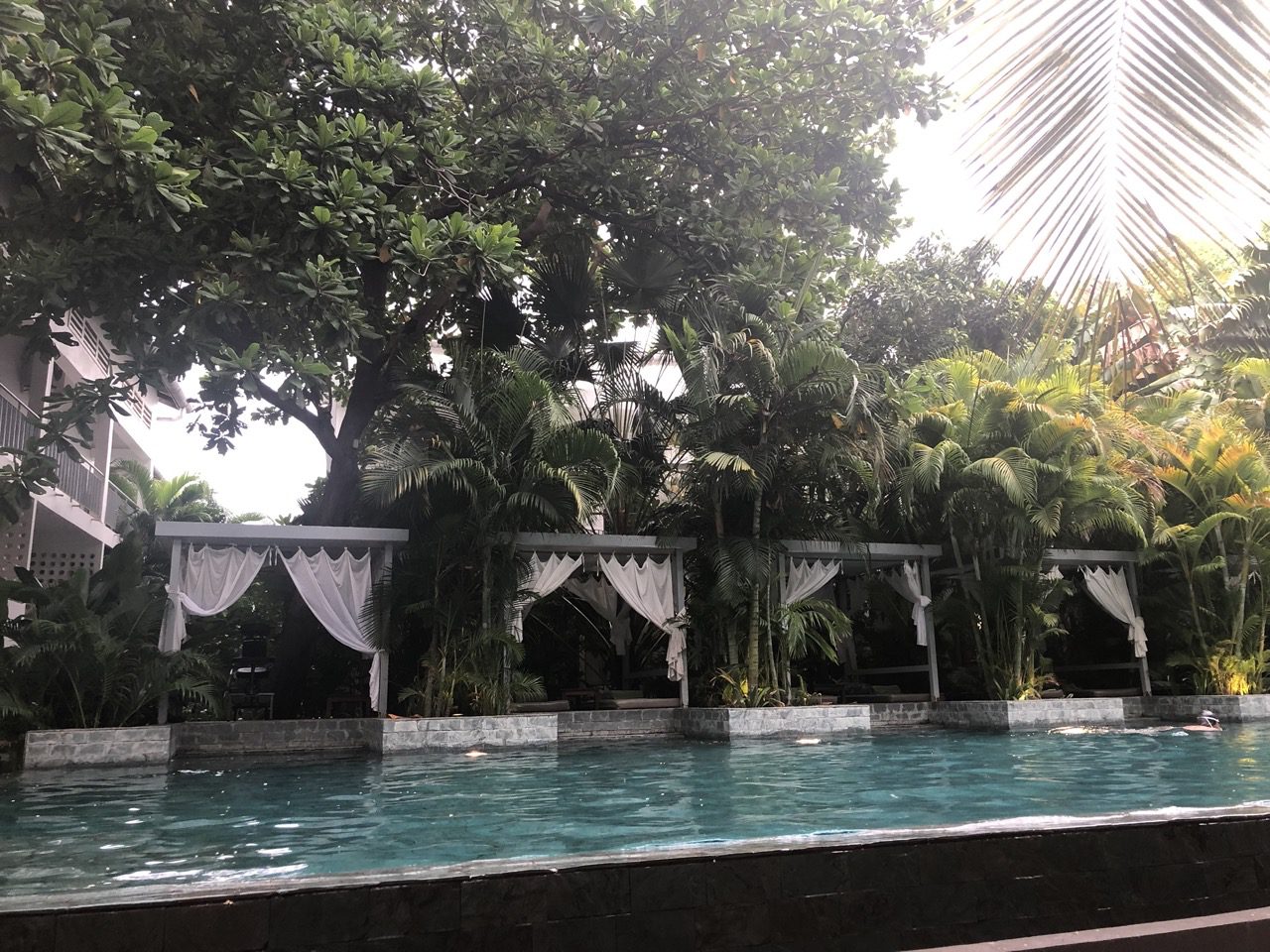
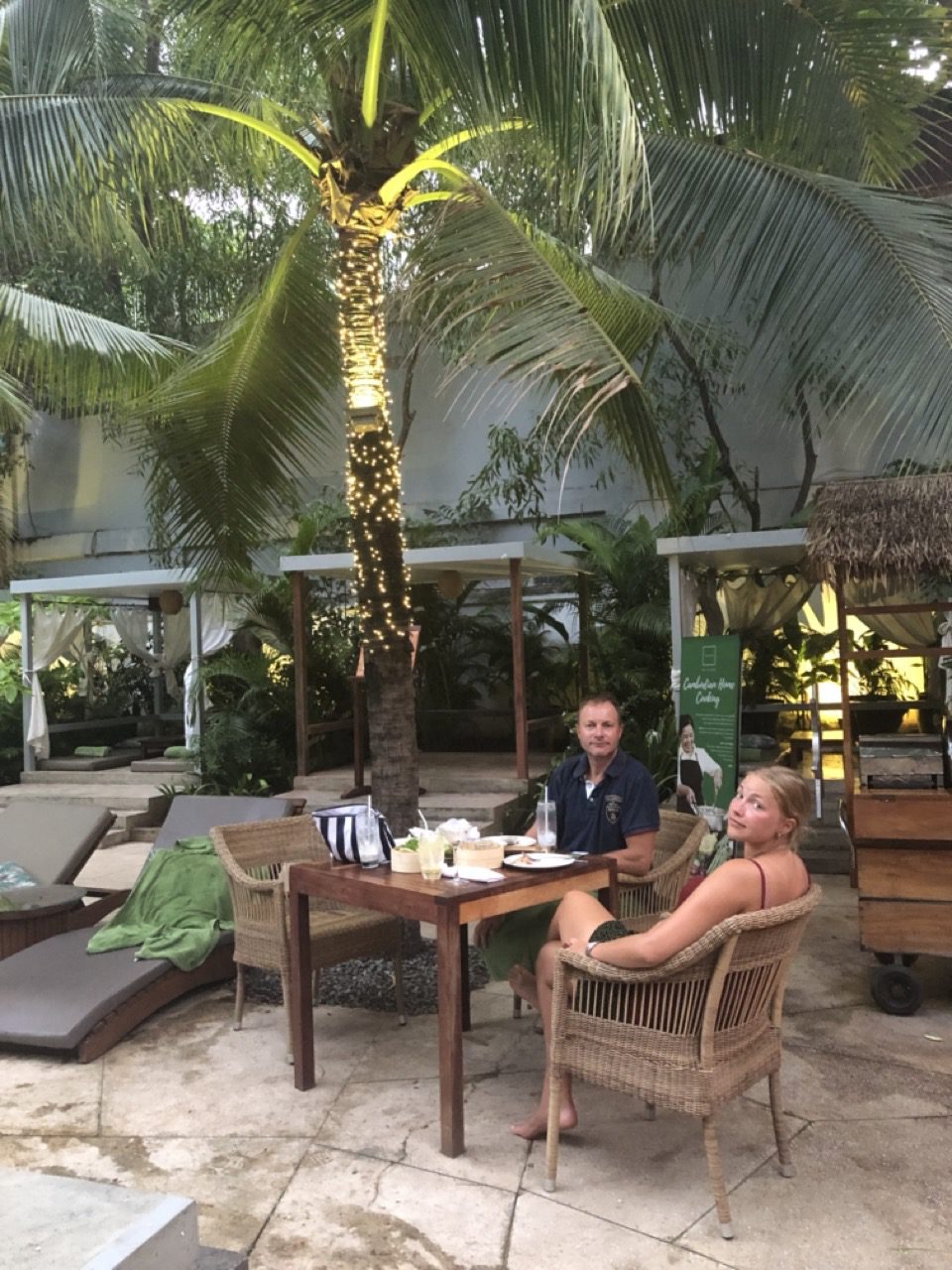
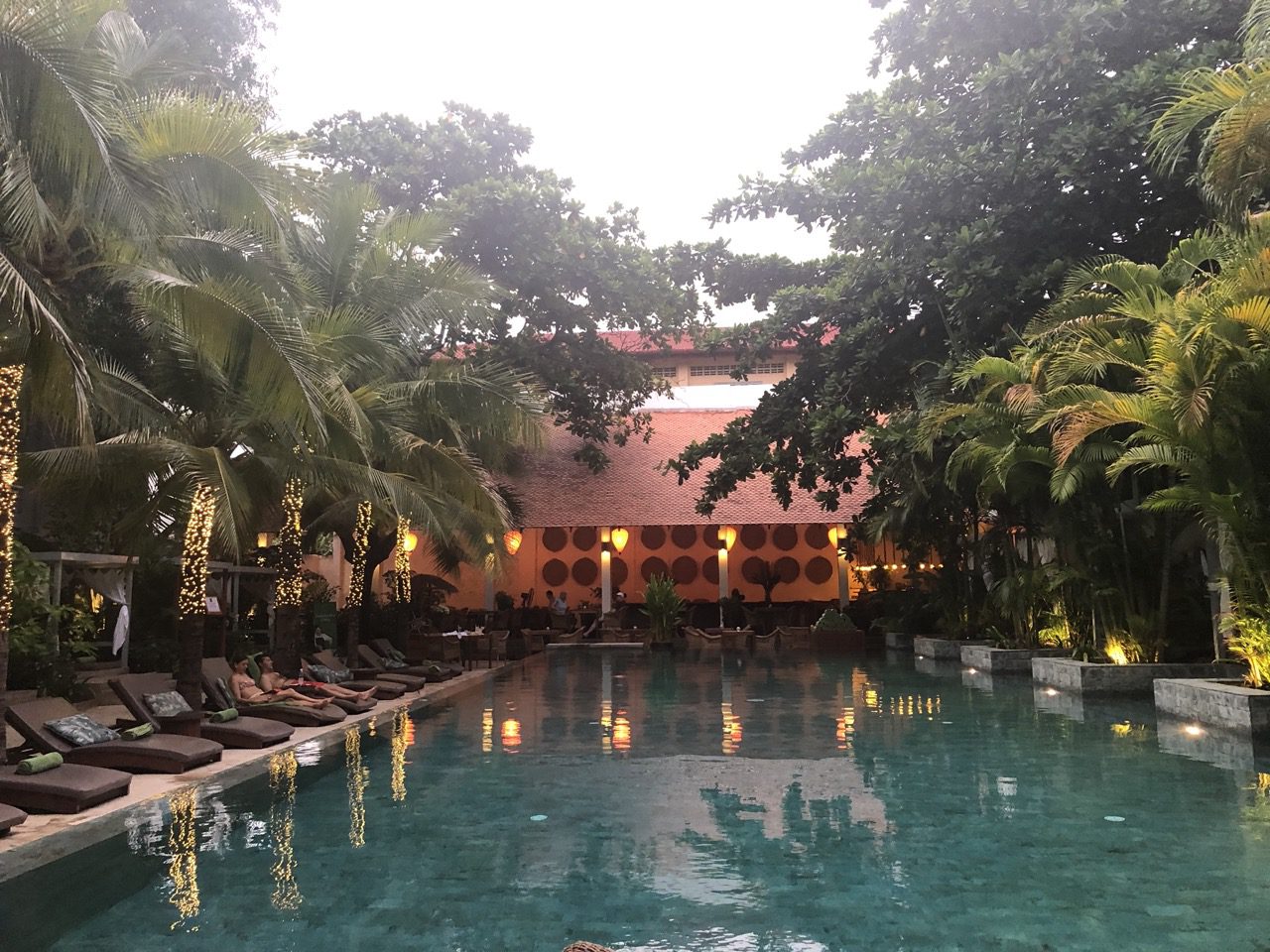
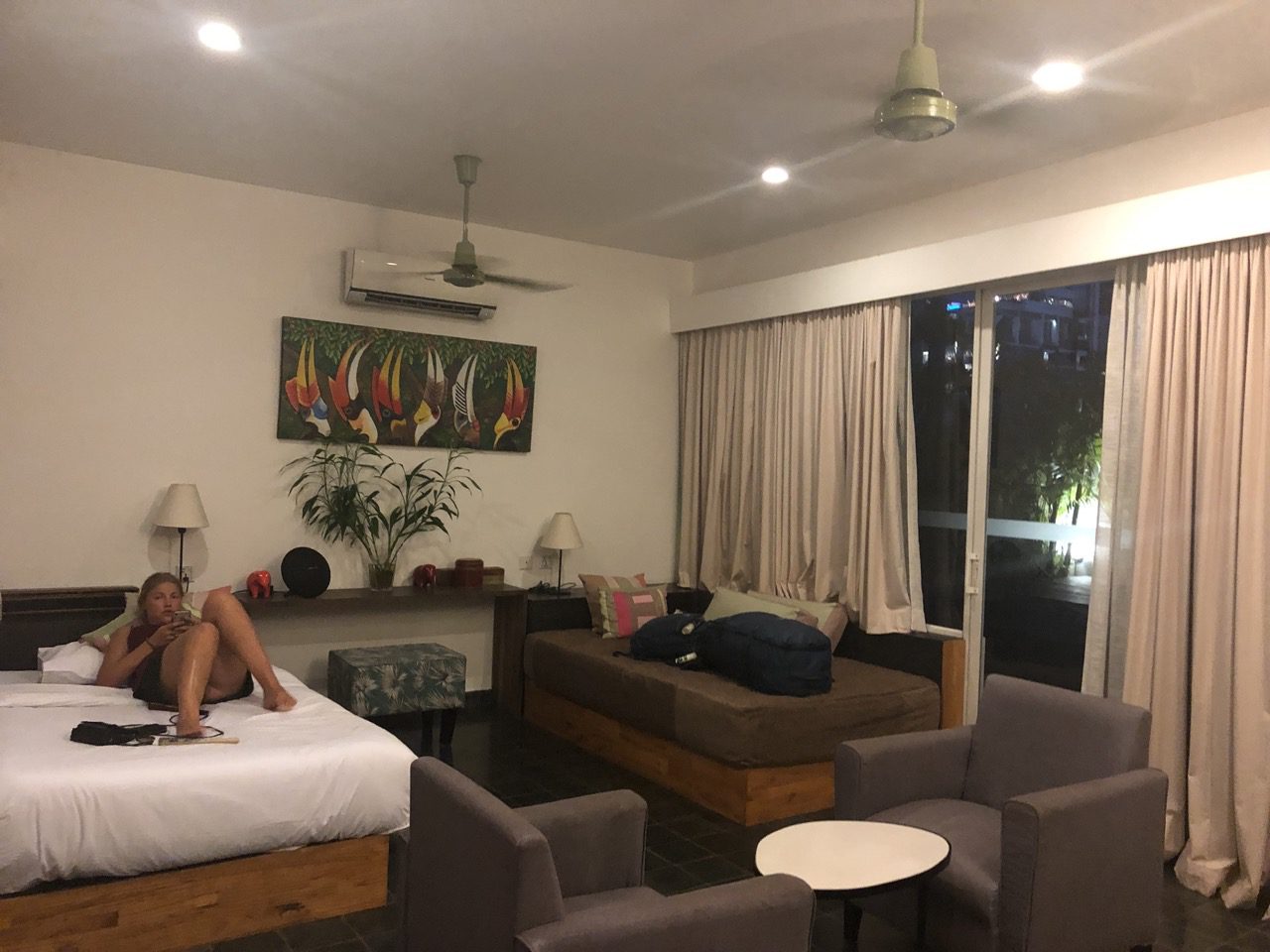
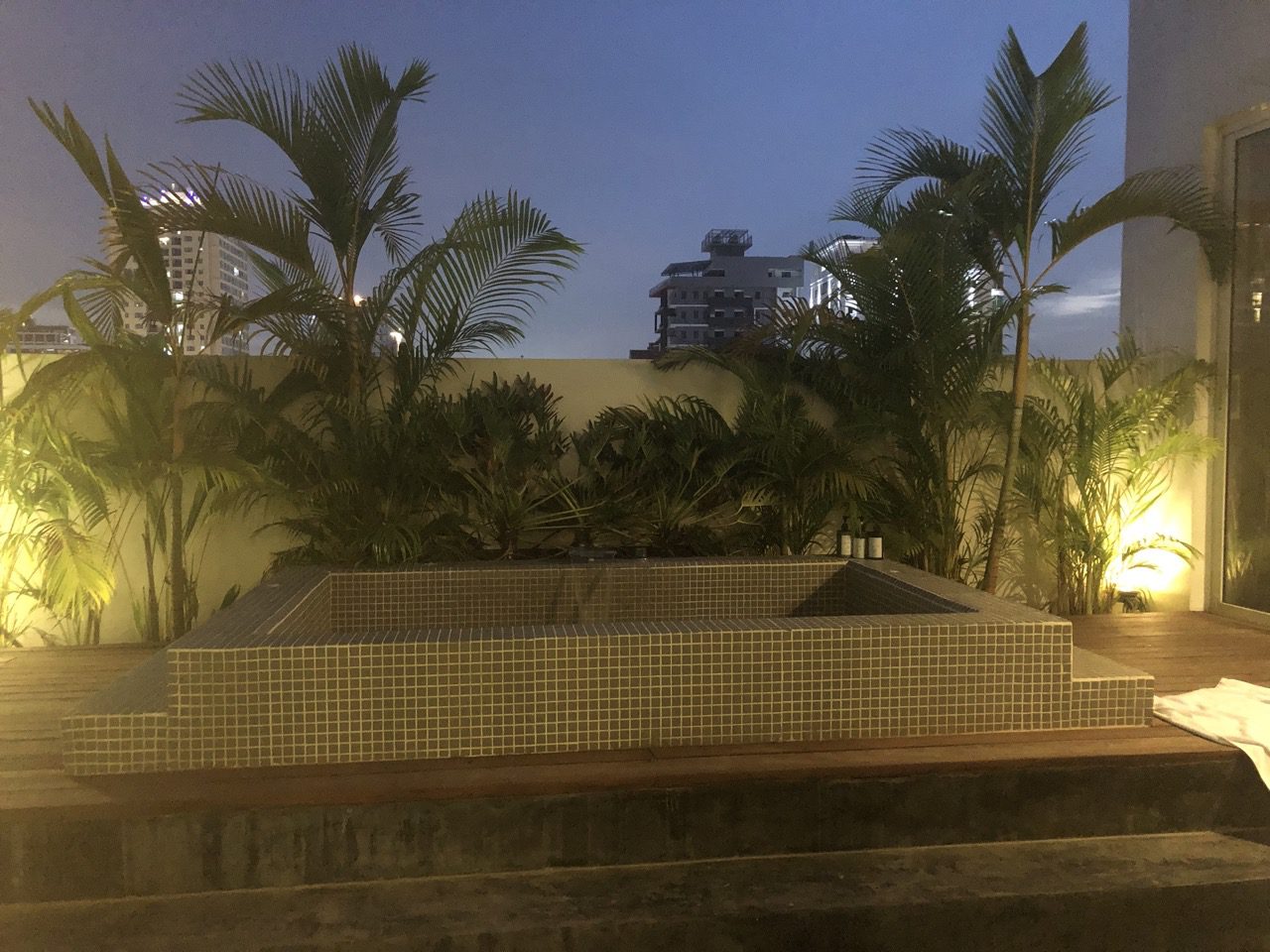
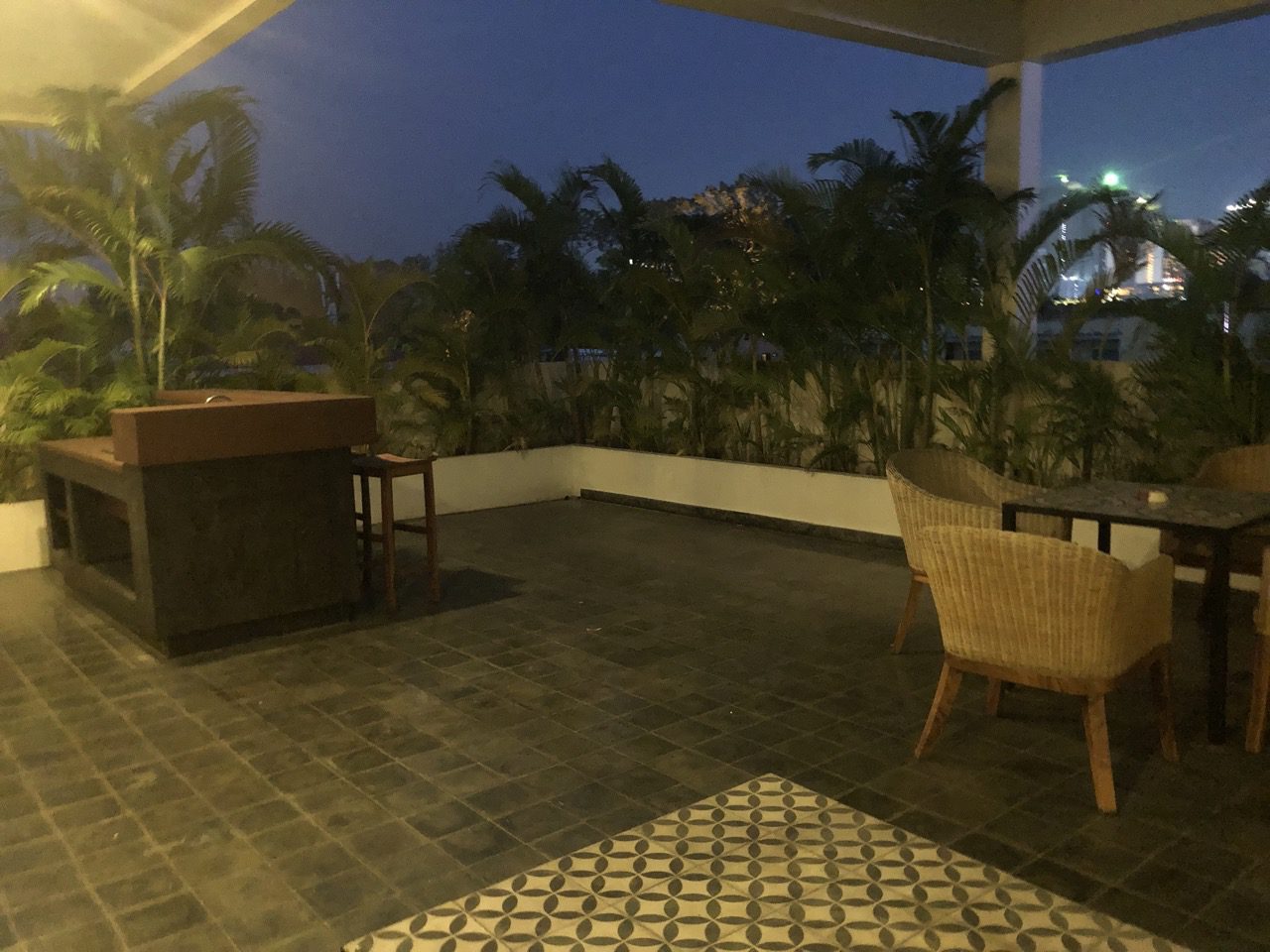
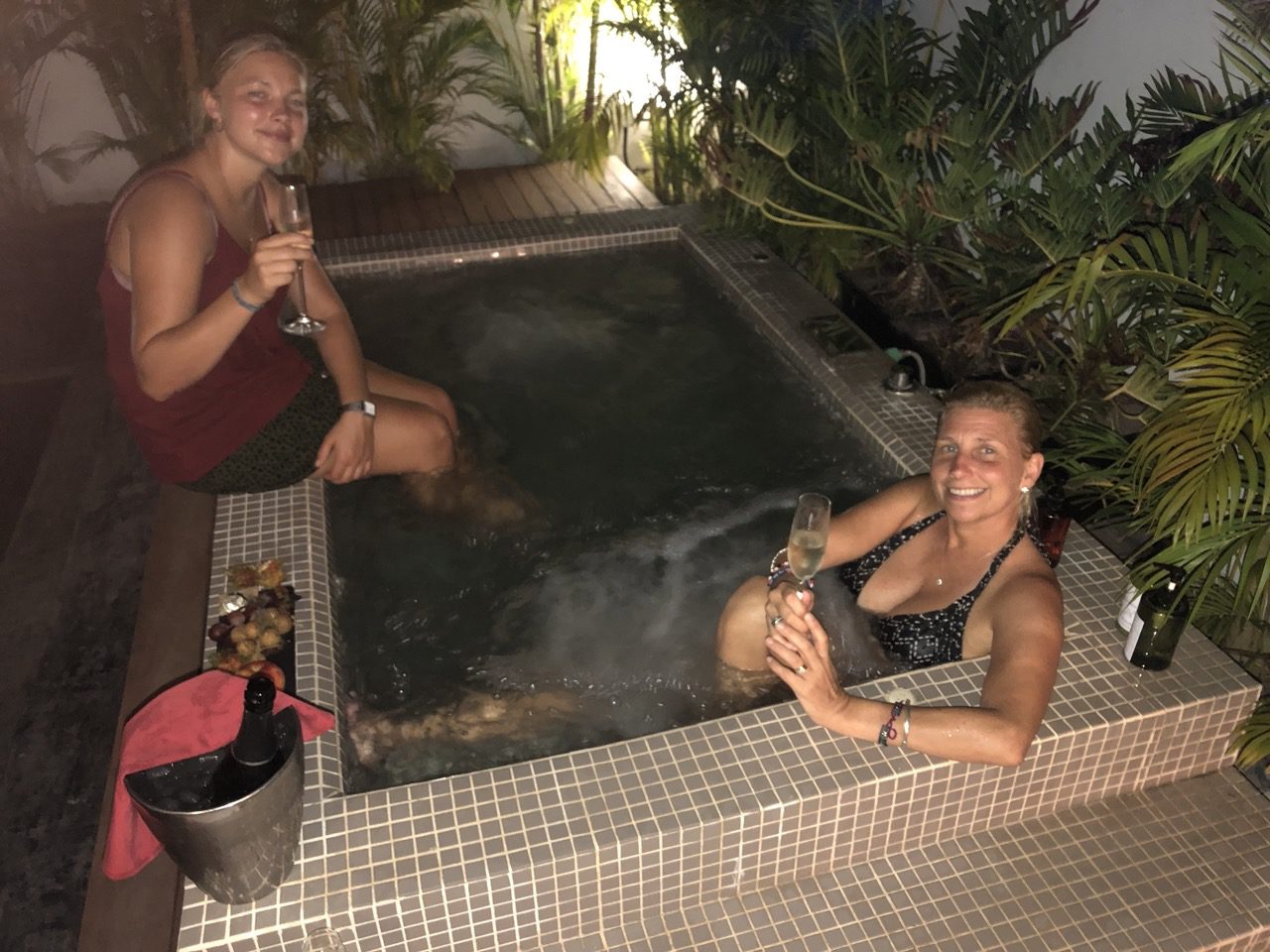
We headed out past the Silver Pagoda and on to the Foreign Correspondence Club for dinner. It is in a three-story colonial-style building with wonderful views over the river. configuration was very charming and atmospheric, featuring photos on the wall dating back to the Khmer Rouge invasion of Phnom Penh, taken by war correspondents who used to hang out at FCC back in the day. The food was good.
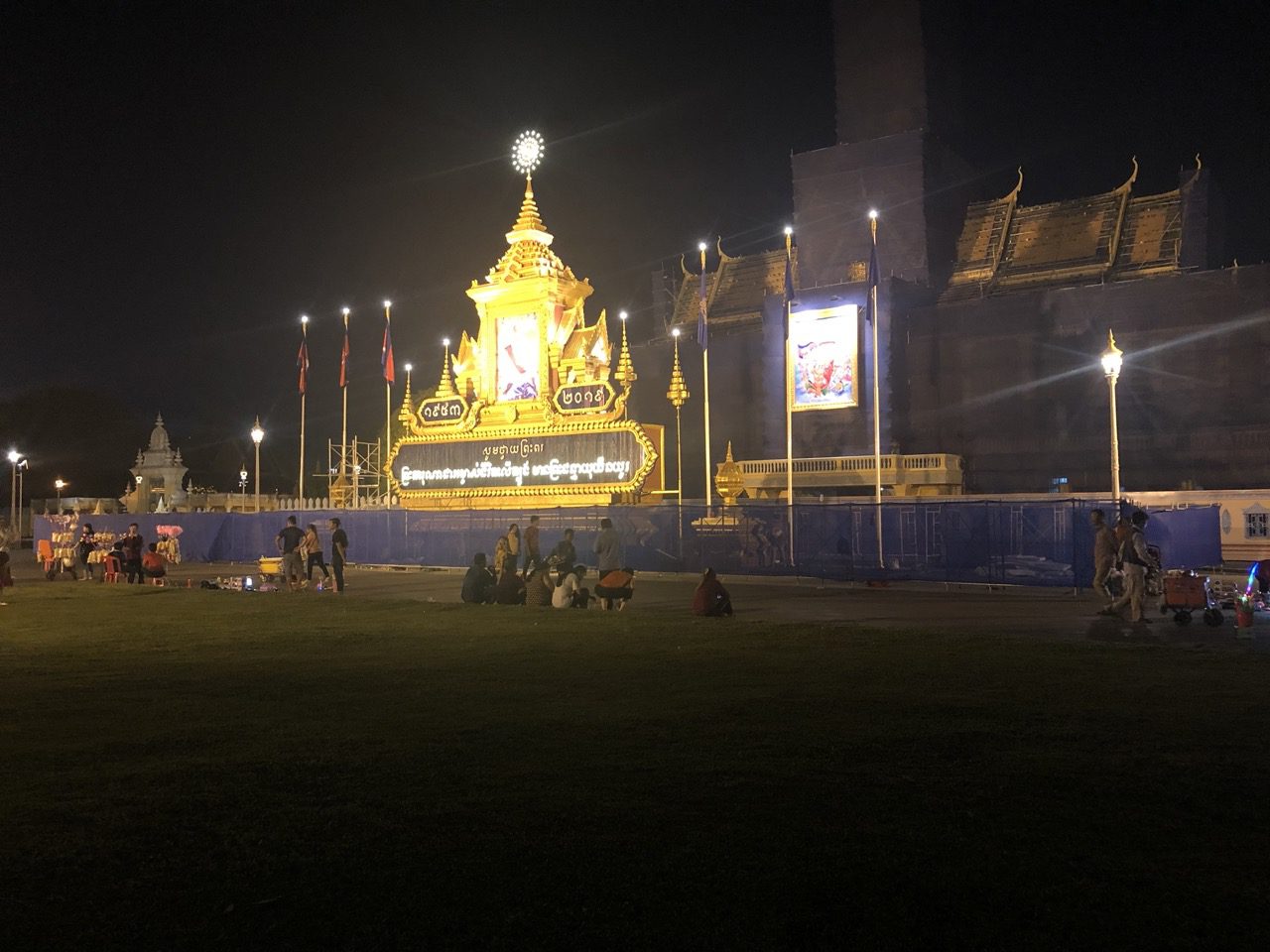
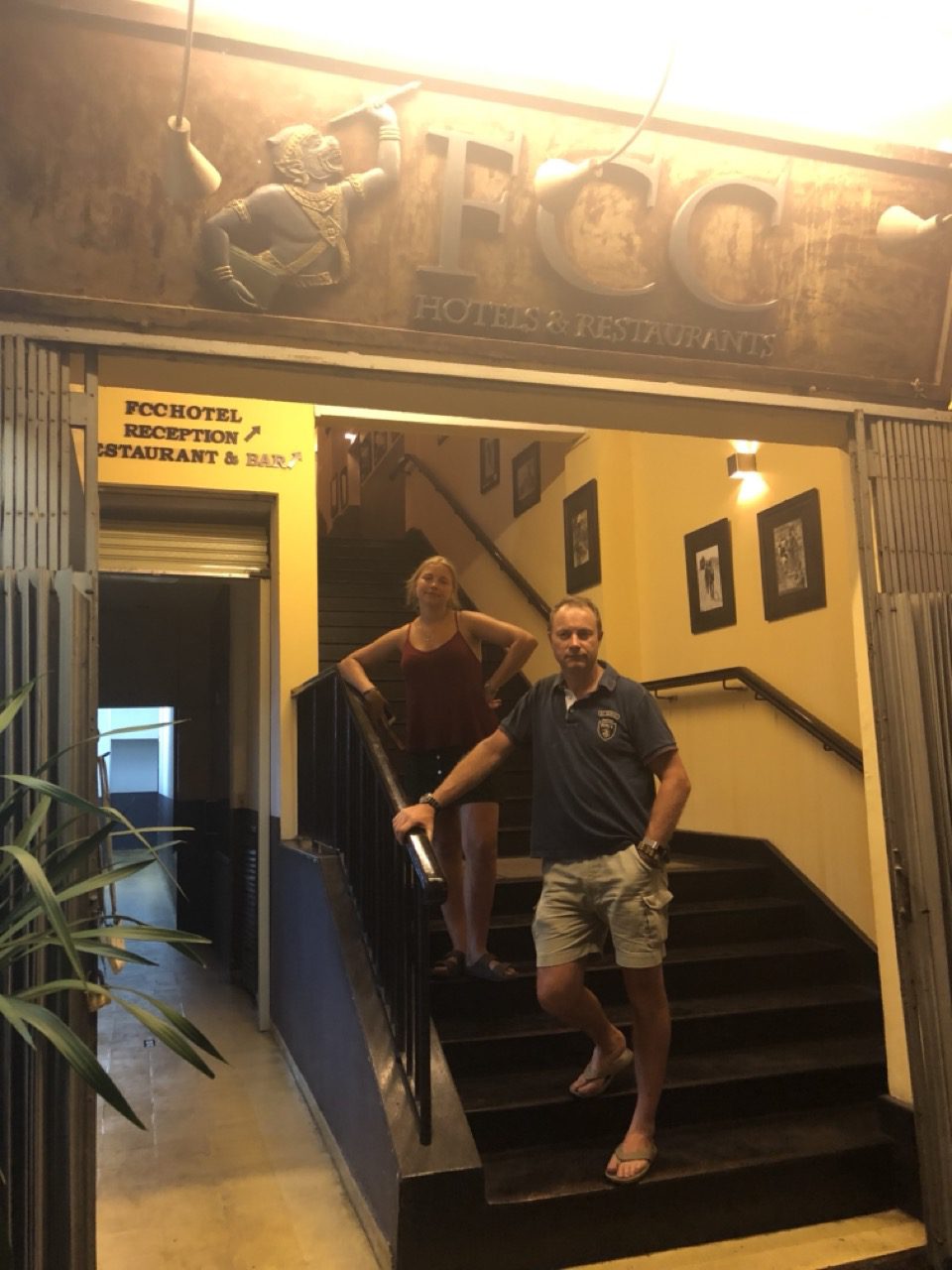
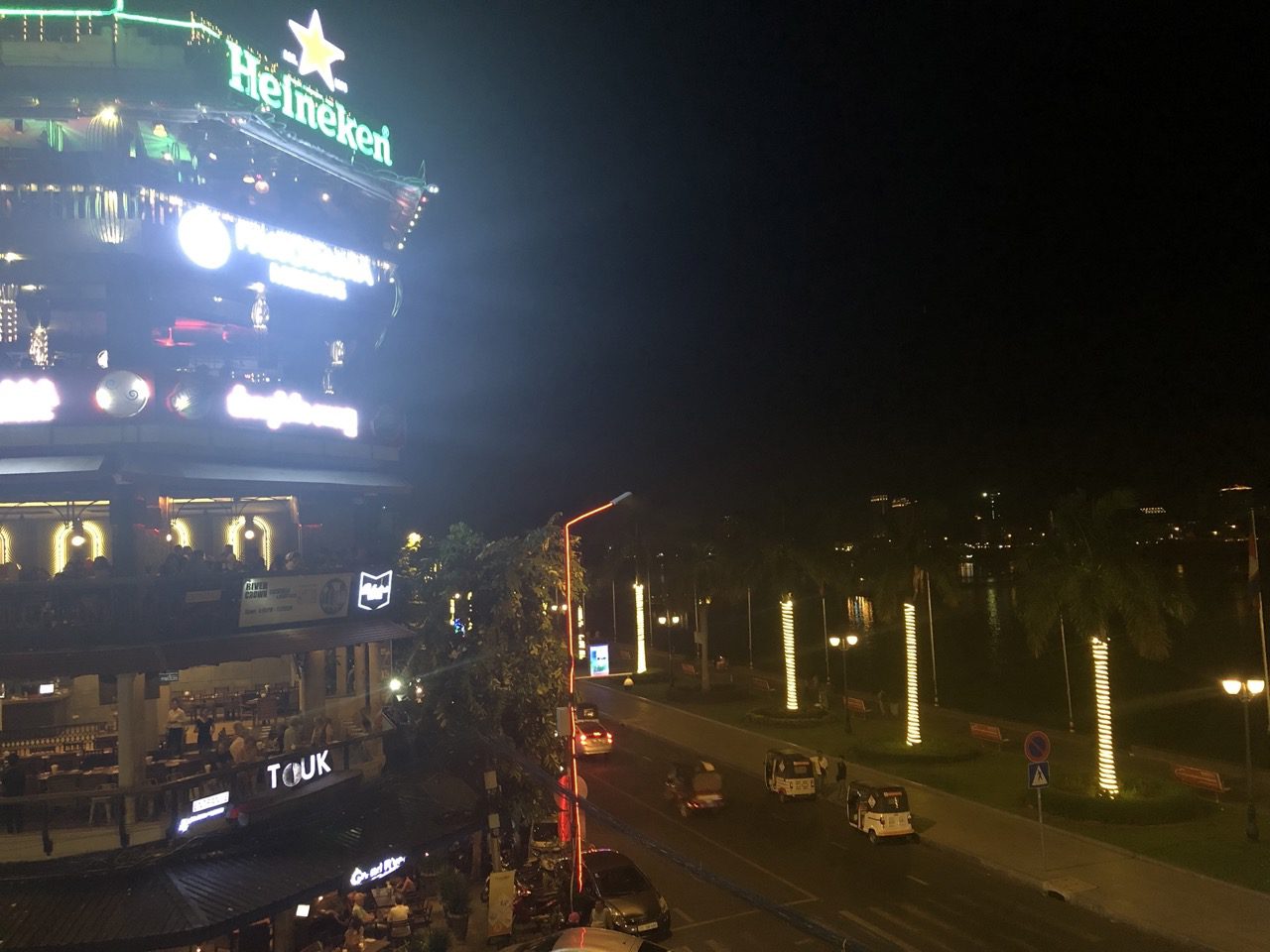
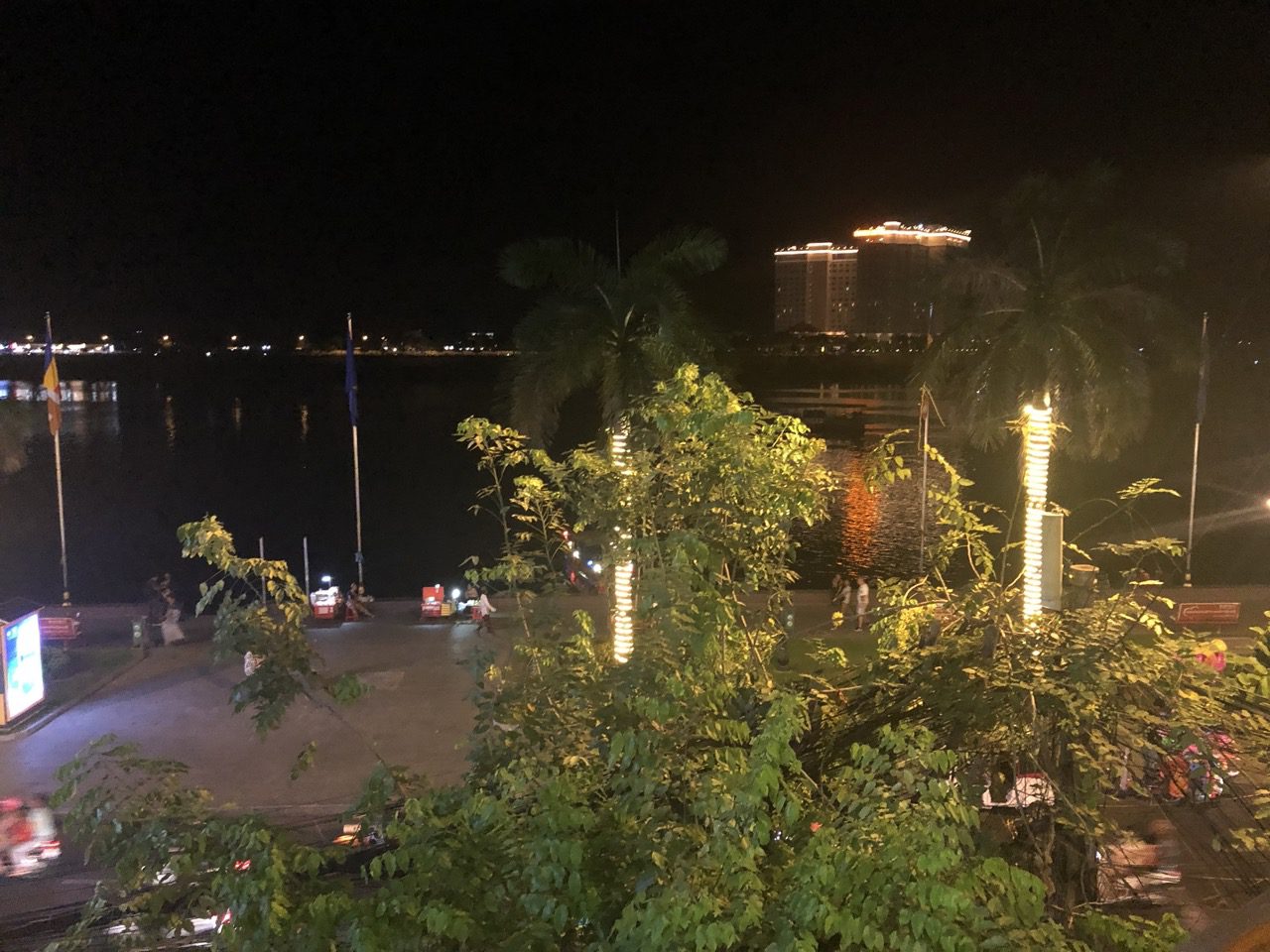
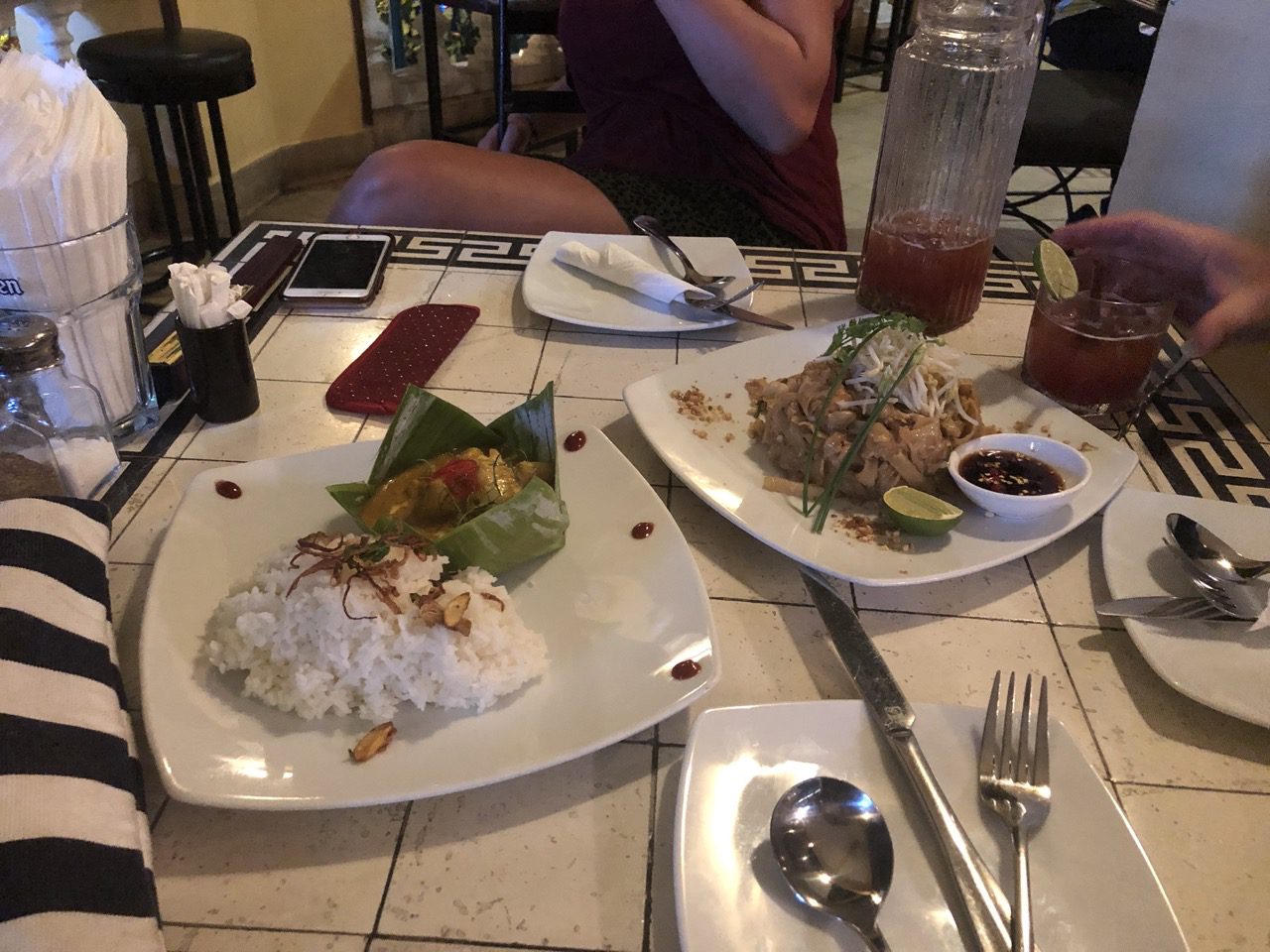
We then enjoyed a stroll through the nightlife of Tonle Sap riverside and then on to the night market where one could sample crickets!
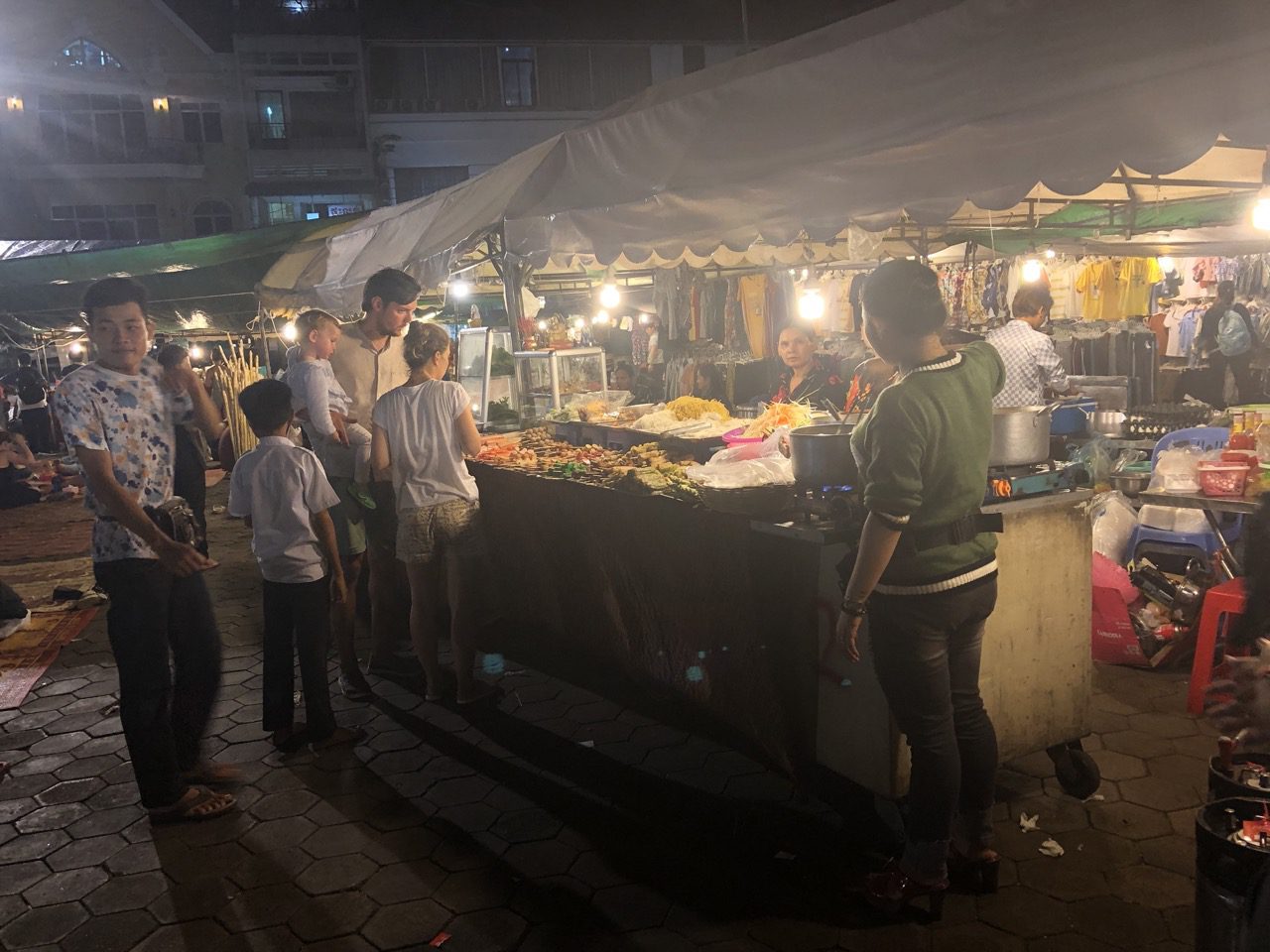
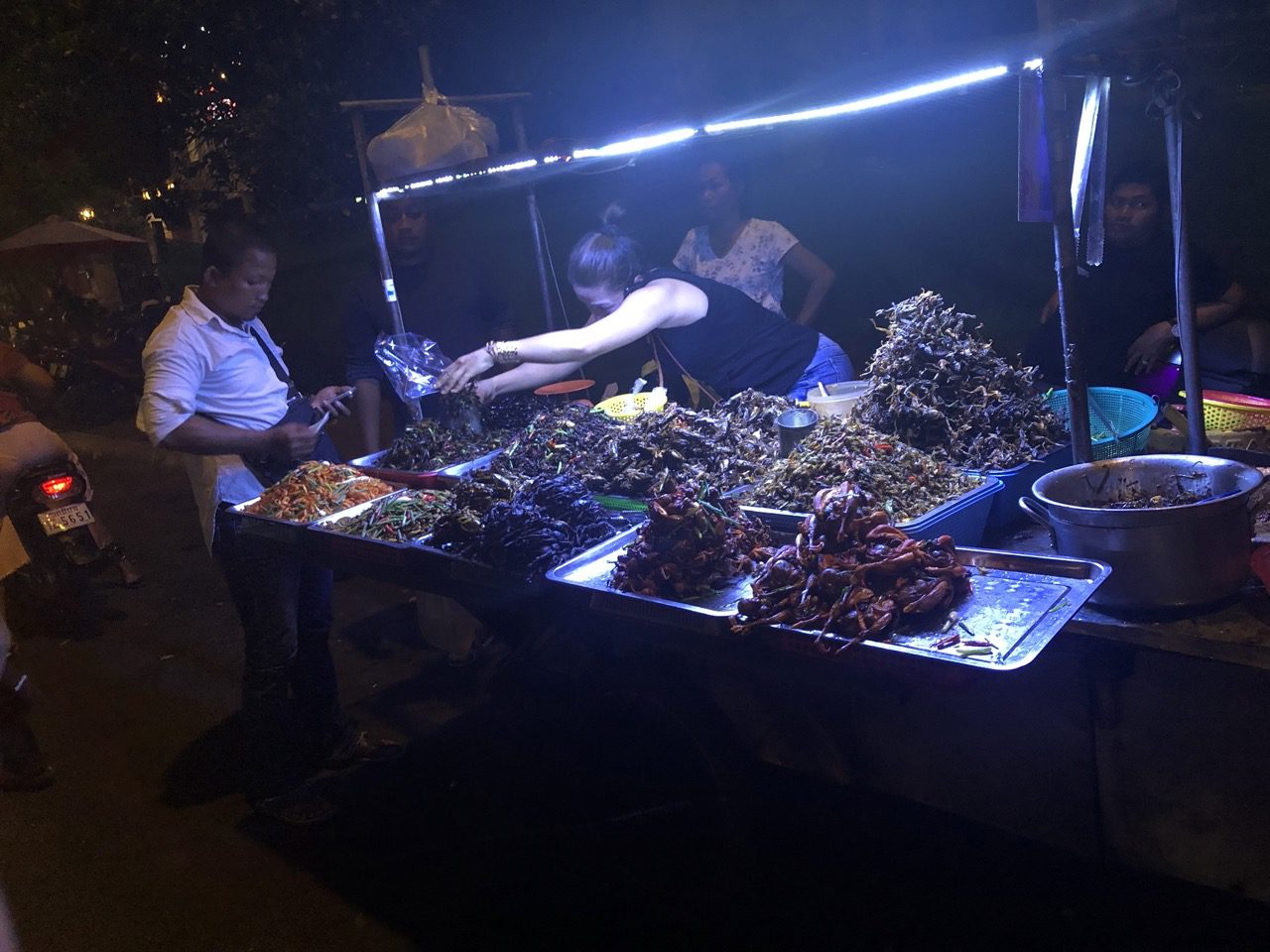
There were pockets of people listening to loud music and dancing in groups on the street – they loved to watch themselves on the Charlotte’s phone afterwards!
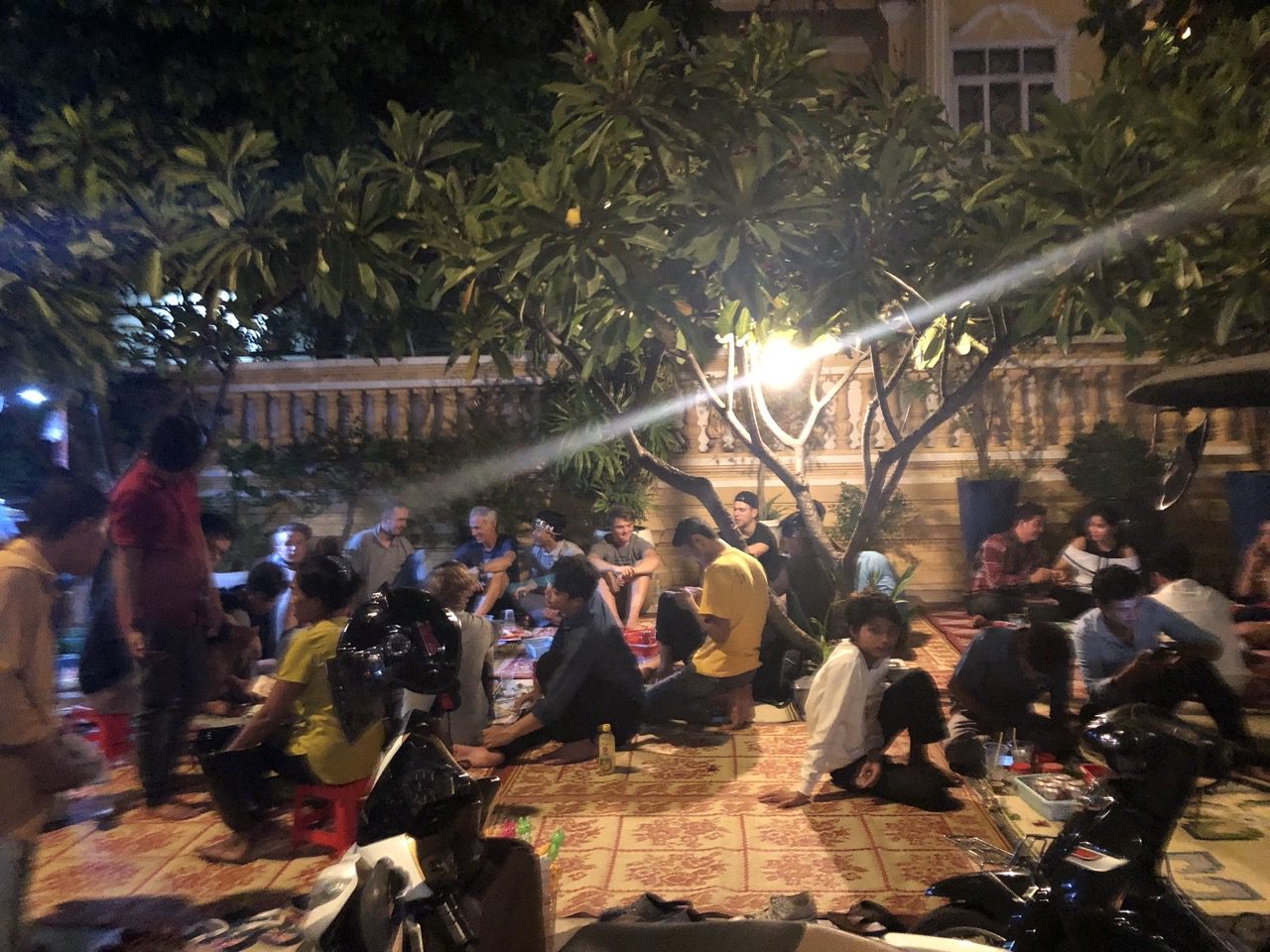

Go Back to: Cambodia
Go to: Siem Reap


